










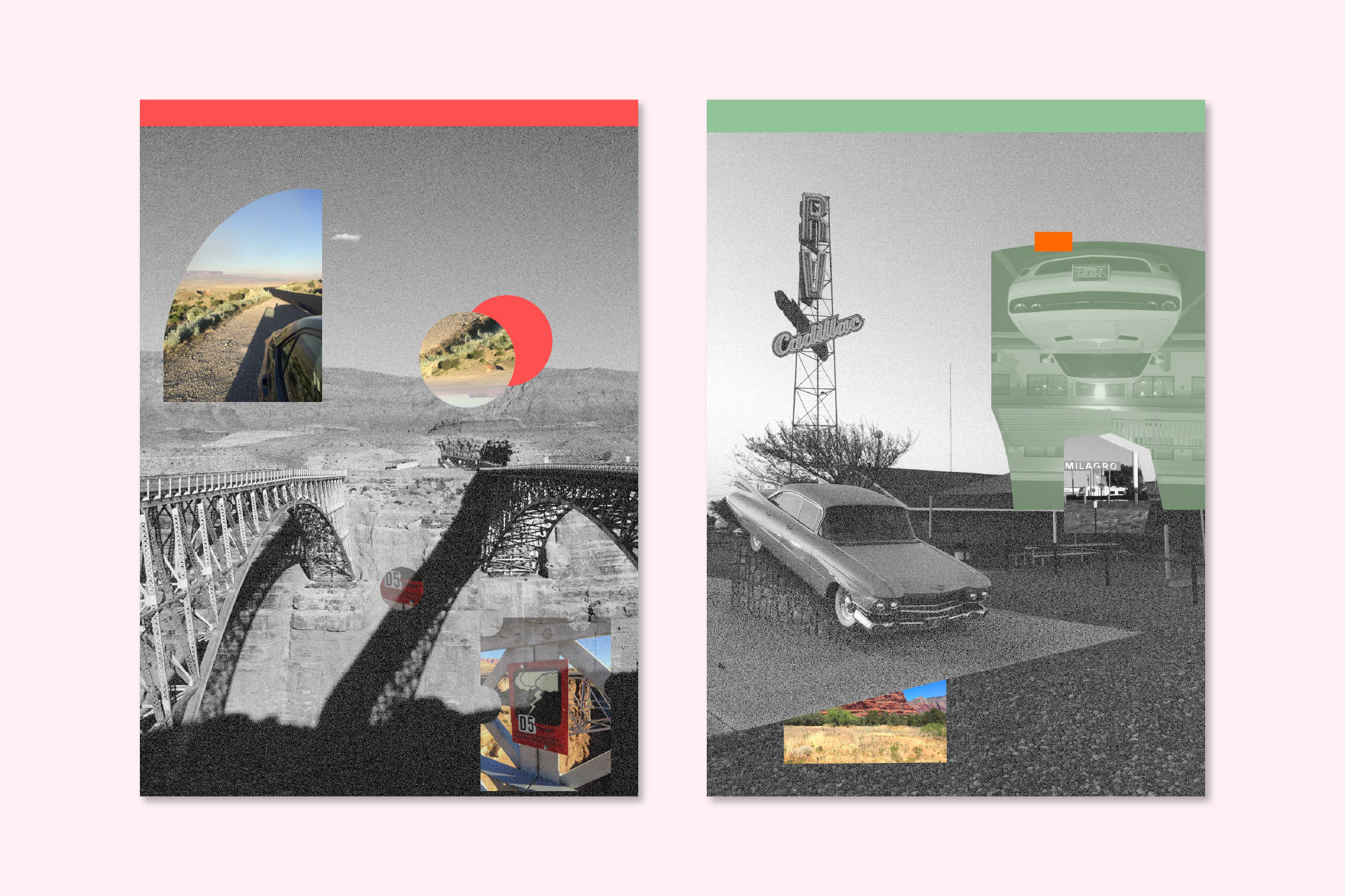
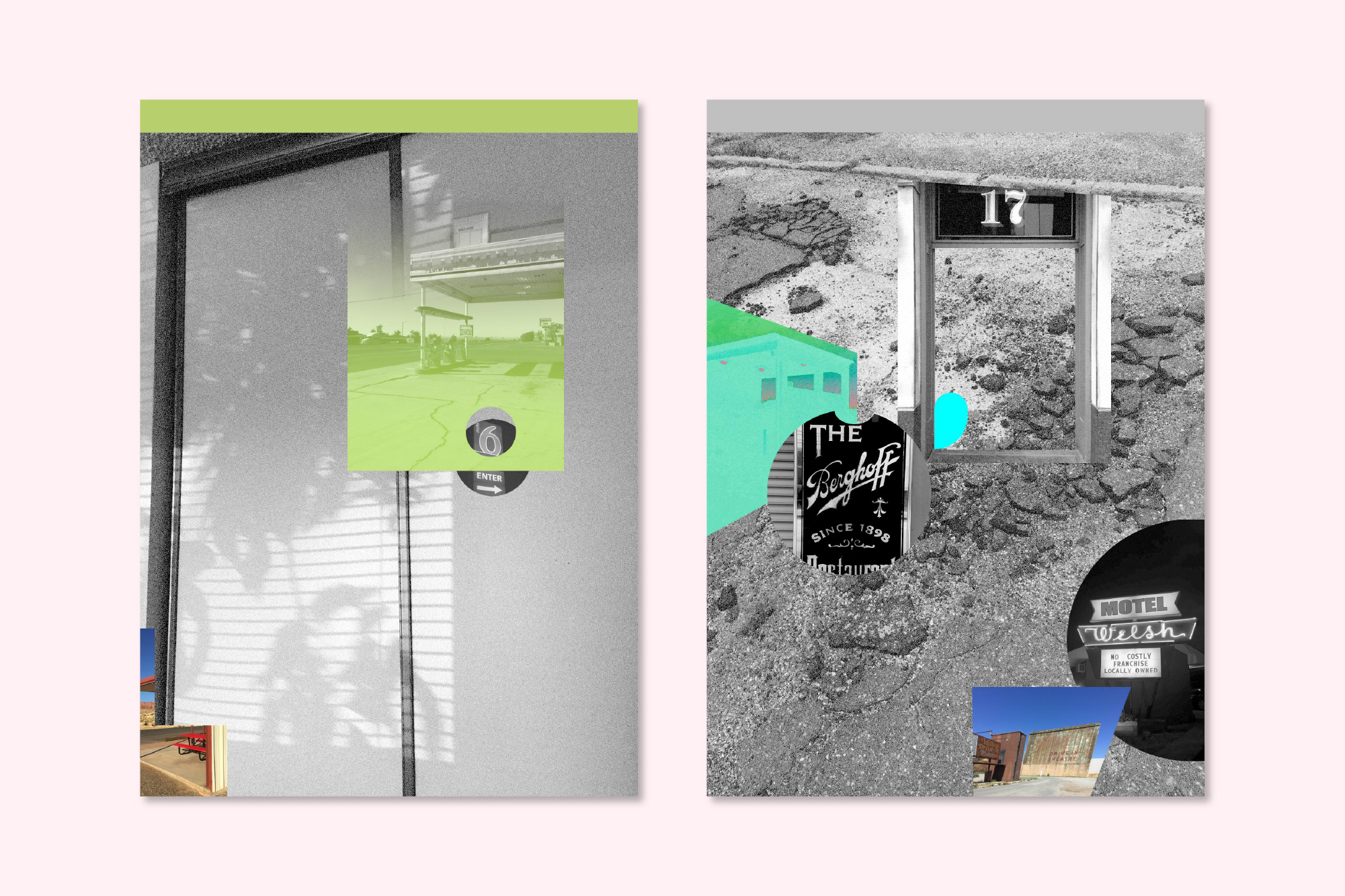
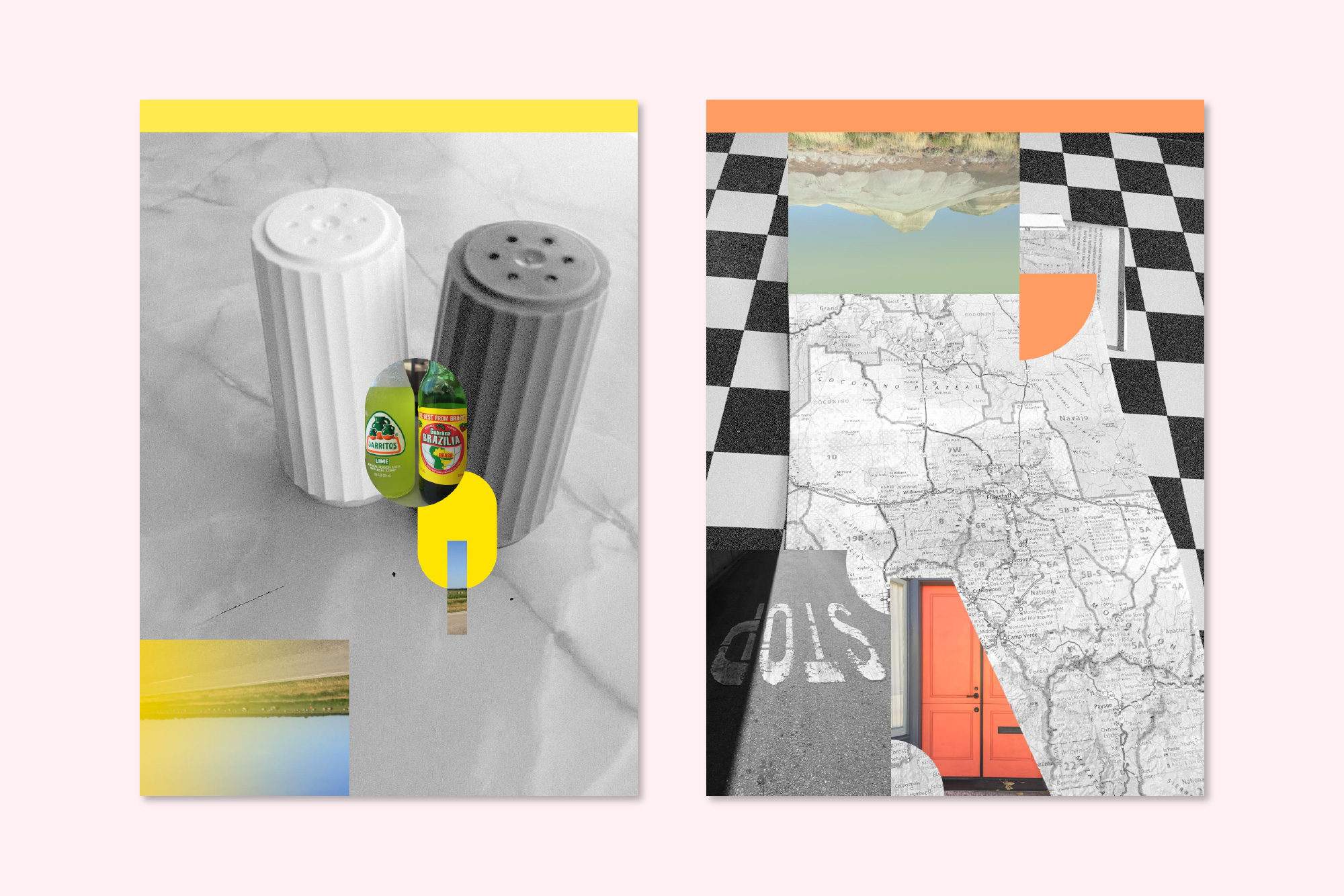




































Exhibition based on a road trip I did in June 2019, from Chicago (starting at the main entrance of the Art Institute) to the Santa Monica Pier in Los Angeles, following the mythical and forgotten Route 66. This cult adventure, half sentimental and half anachronistic, which lasted 25 days and implied 6000 miles of driving, meant for me the end of a cycle that encompasses artistic, personal, ideological, and cultural processes. The show consists of a double installation in which, besides the autobiographical note, two contrasting views of the United States are mirrored. On the one hand, the idealization of travel, road aesthetics, landscapes, sunsets, advertisements, cars, and gas stations; and on the other, a culture in decline, between sad and melancholic, that is well represented in the motel rooms with cigarettes smell and in the life of all the people forgotten by the system. Metaphorically, this duality also represents much of who we are, facades versus interior ghosts.
Exhibition at 12:00 Gallery
Exhibition at 12:00 Gallery


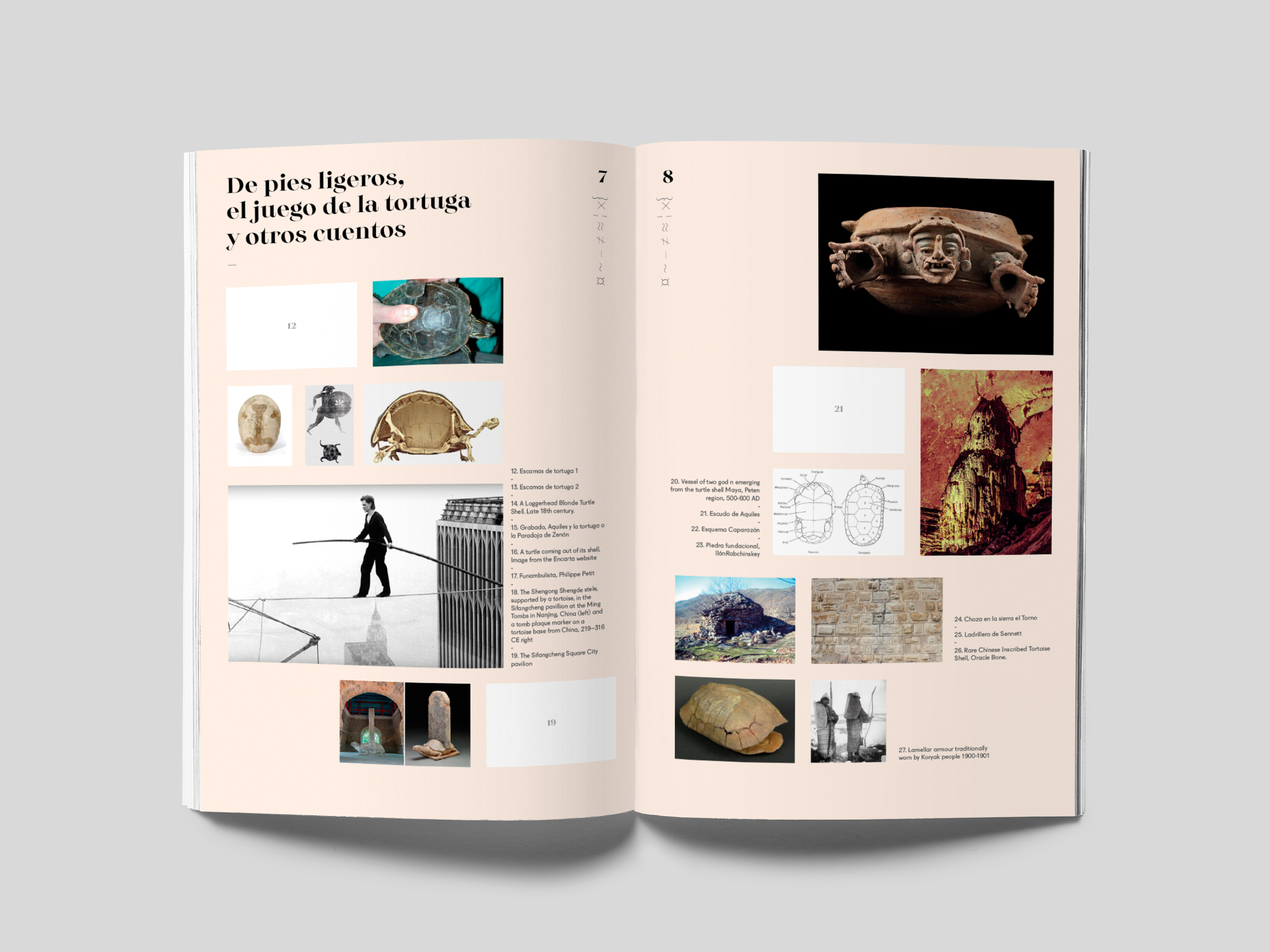
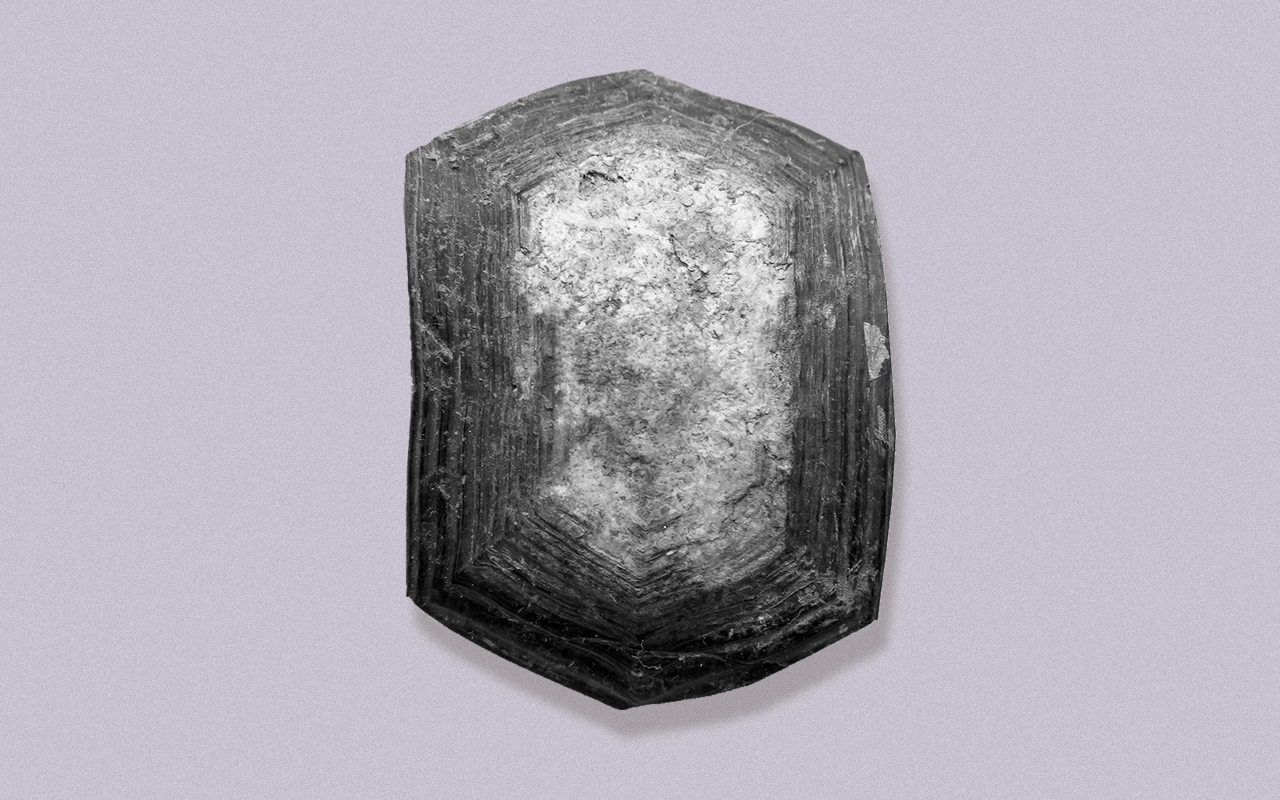
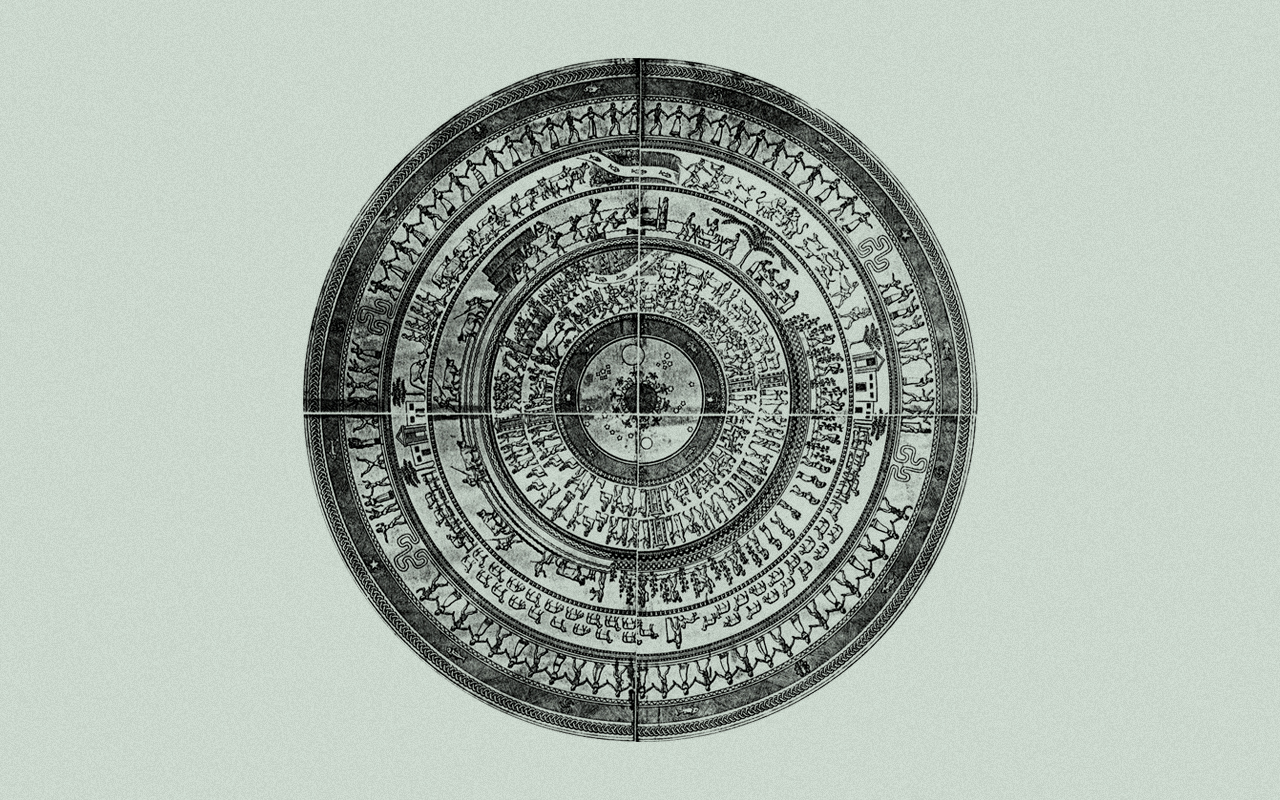
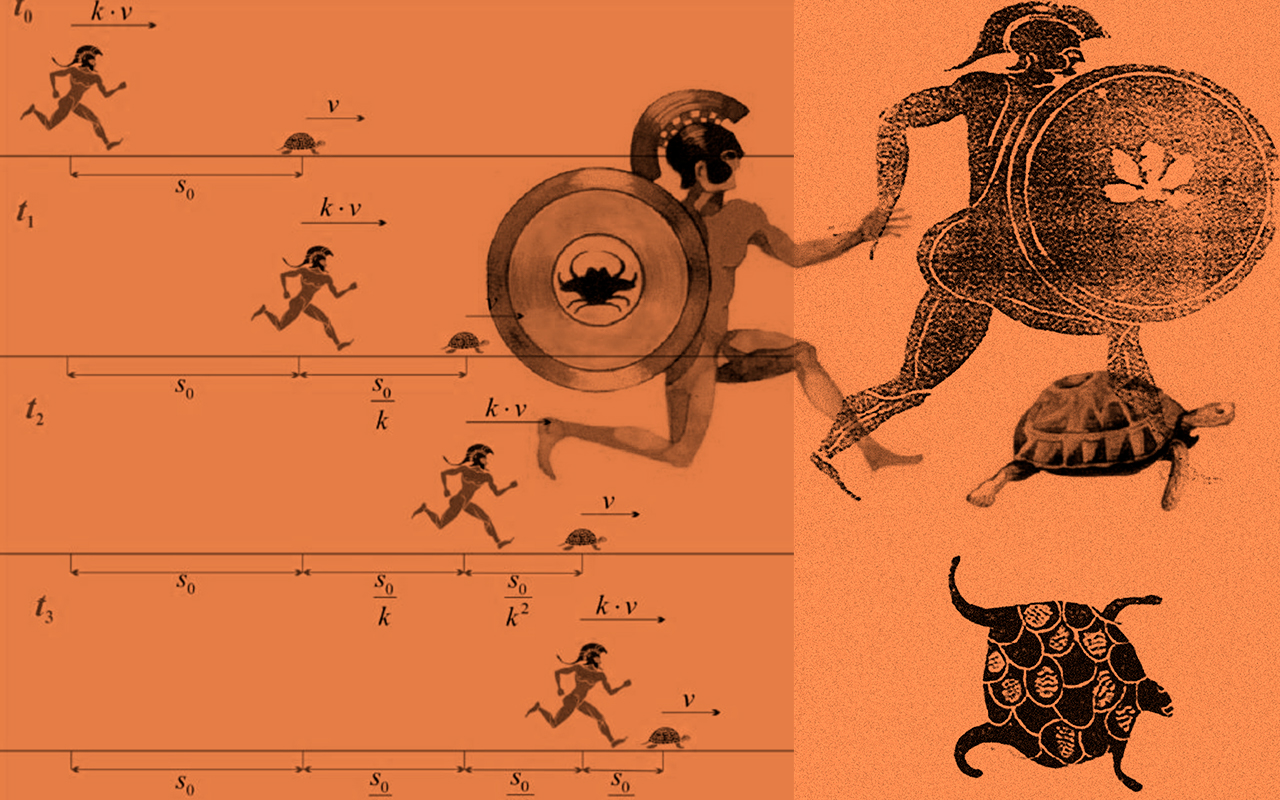
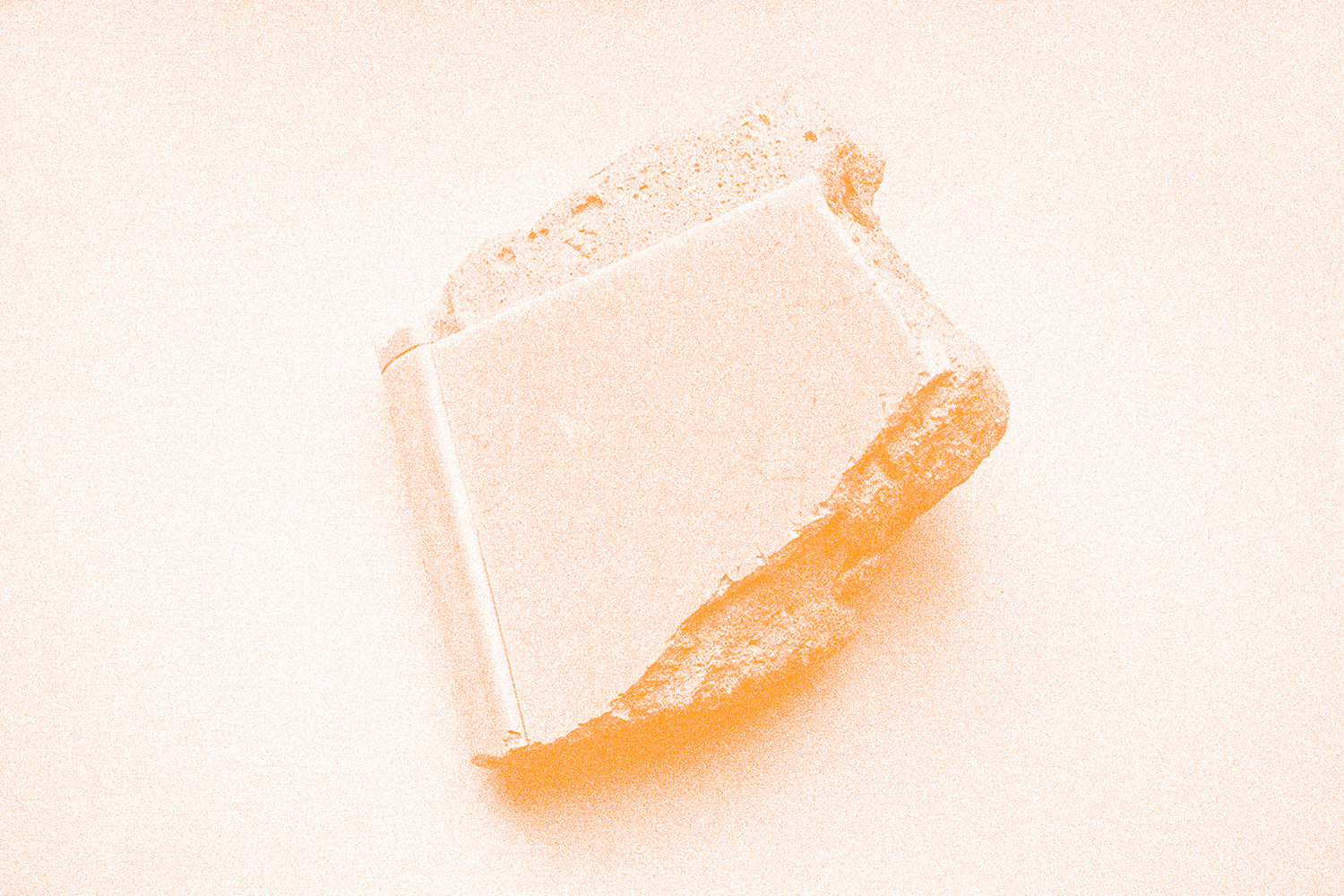
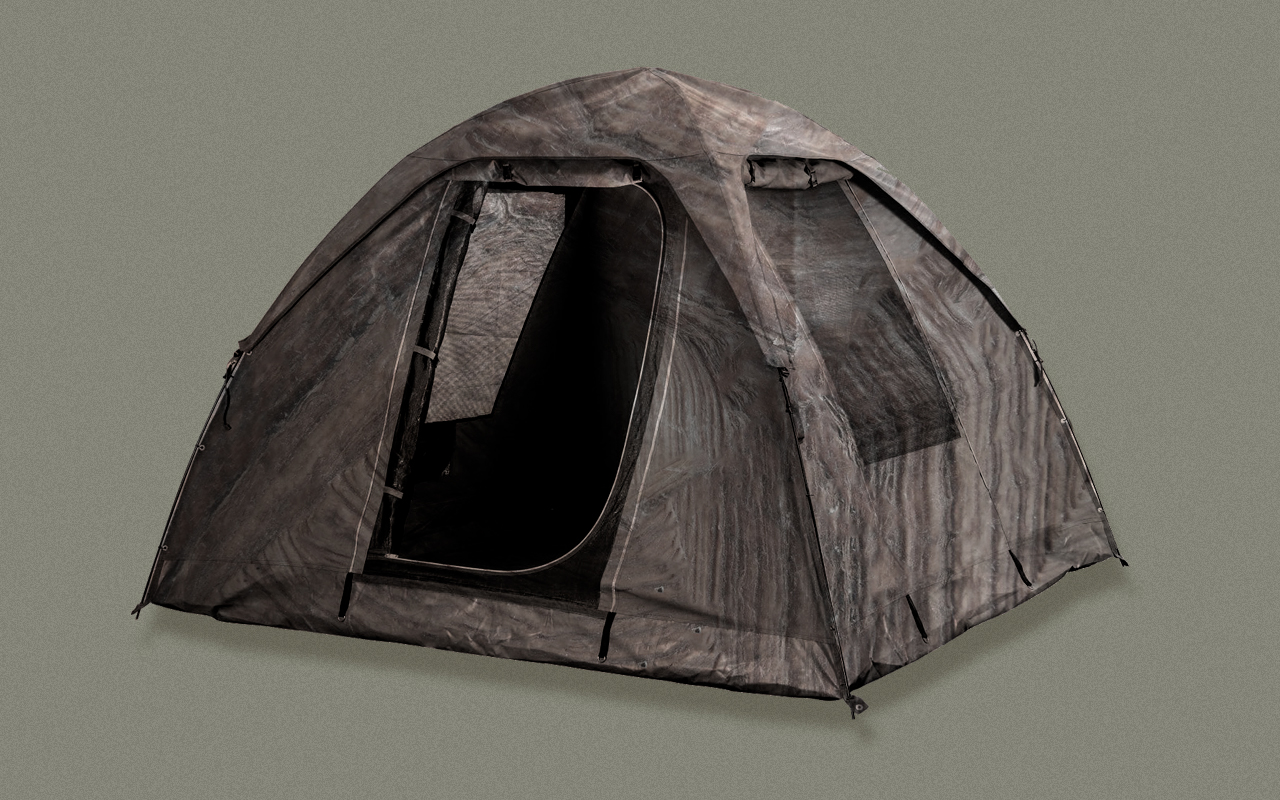
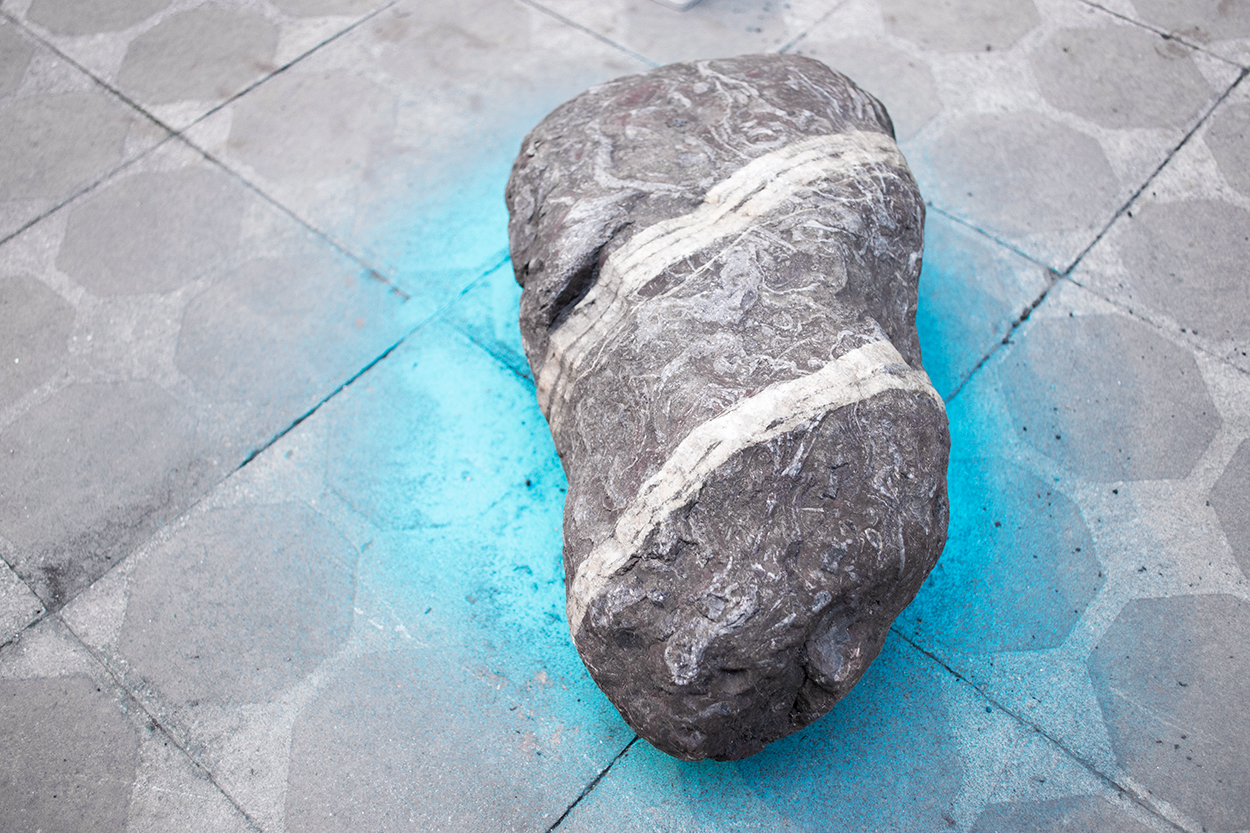

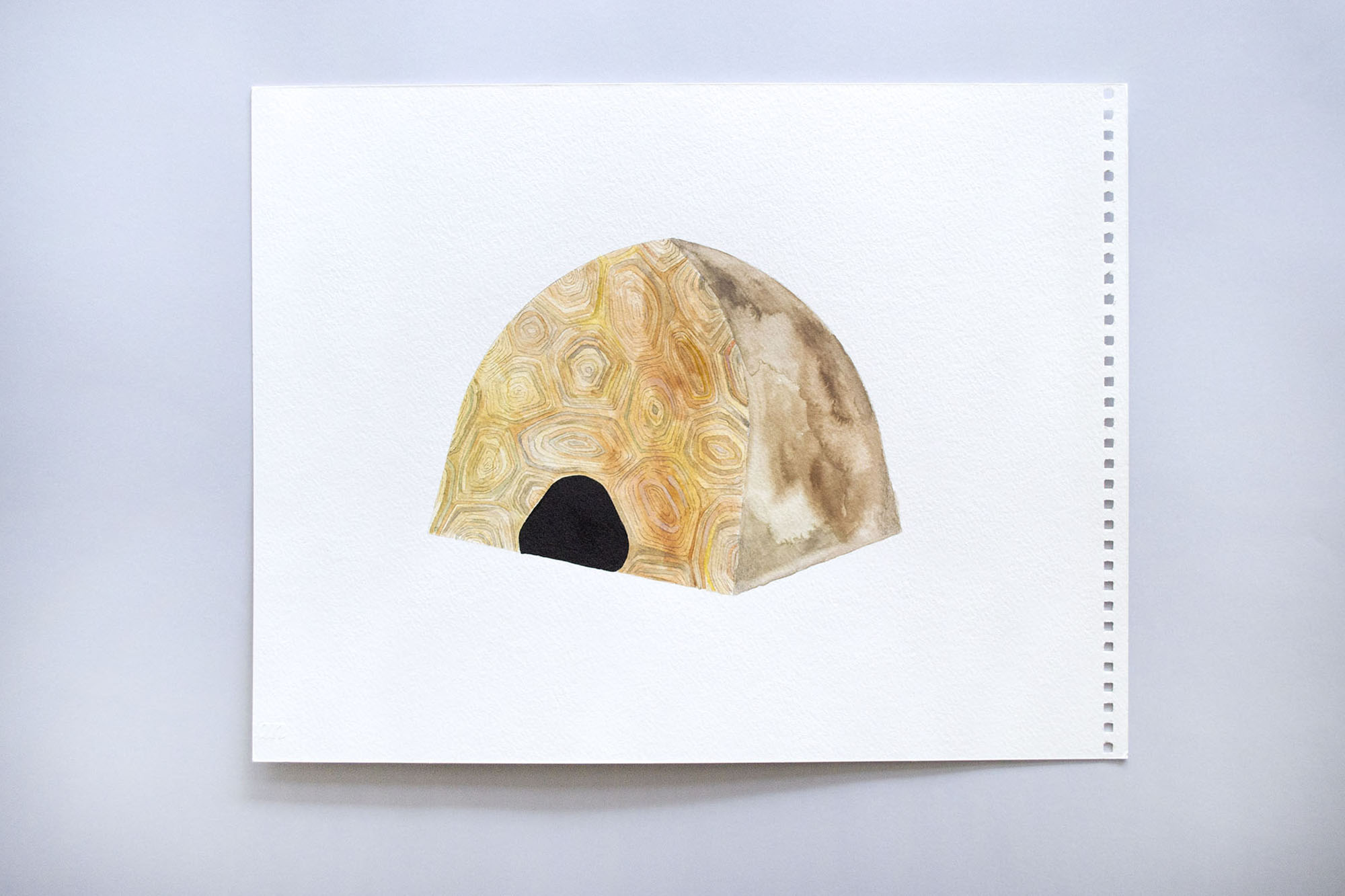
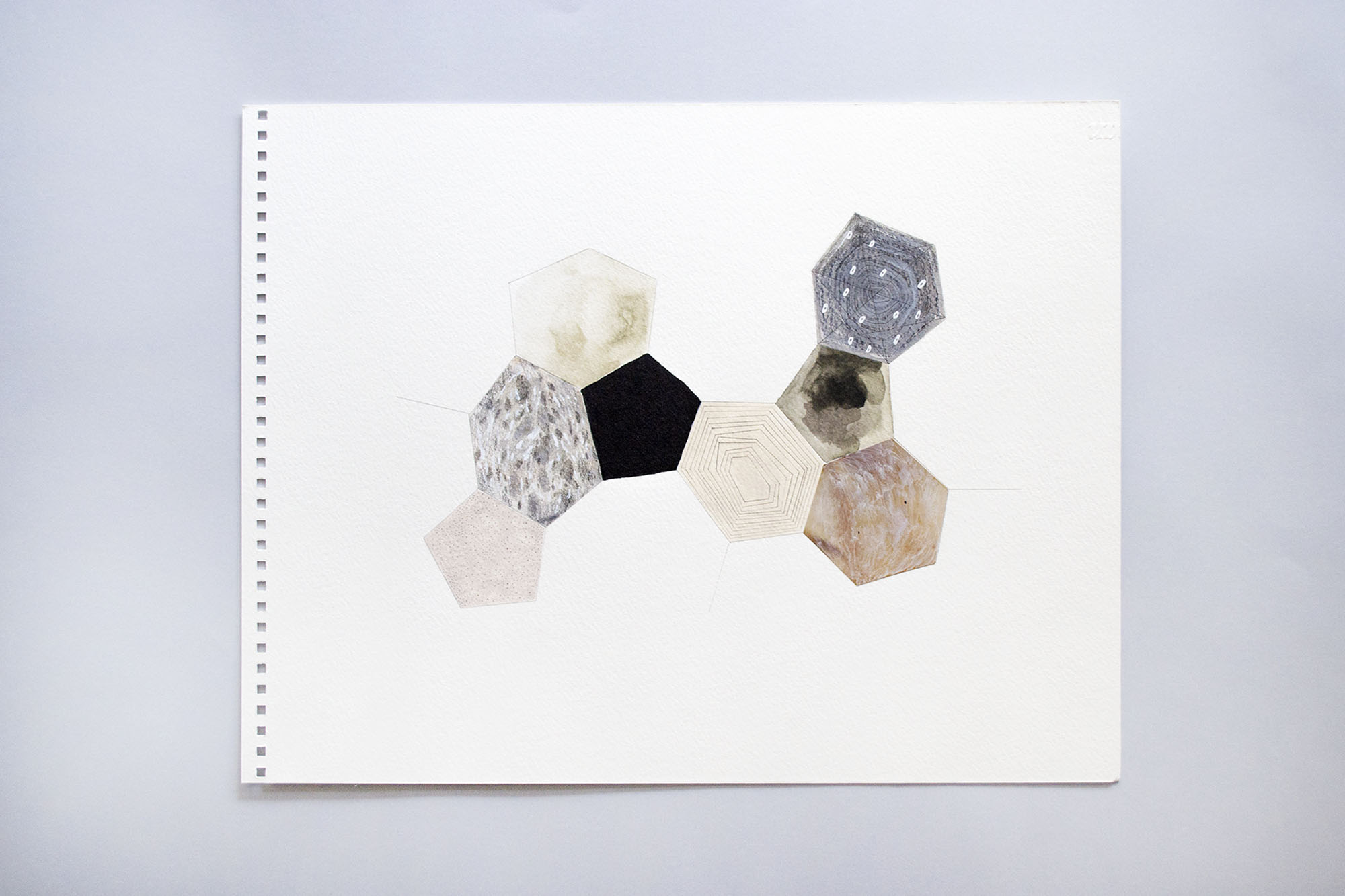


This playful exercise is the way that we found with Juliana Góngora to start a dialogue and imagine possible routes of collaboration between our works. The setting for this meeting is a game that follows arbitrary instructions, such as randomly choosing a product from a food dispenser. Then, we choose the image of the turtle to open new paths of thought and unexpected drifts in our processes: thinking materially about its shell –which is an exposed bone that is formed from the spine outwards, but looks like a stone–, in the relativity of time, the idea of movement, among others. Do more weight and less speed implies a lighter body?
Project with Juliana Góngora, Artbo fin de semana
Project with Juliana Góngora, Artbo fin de semana










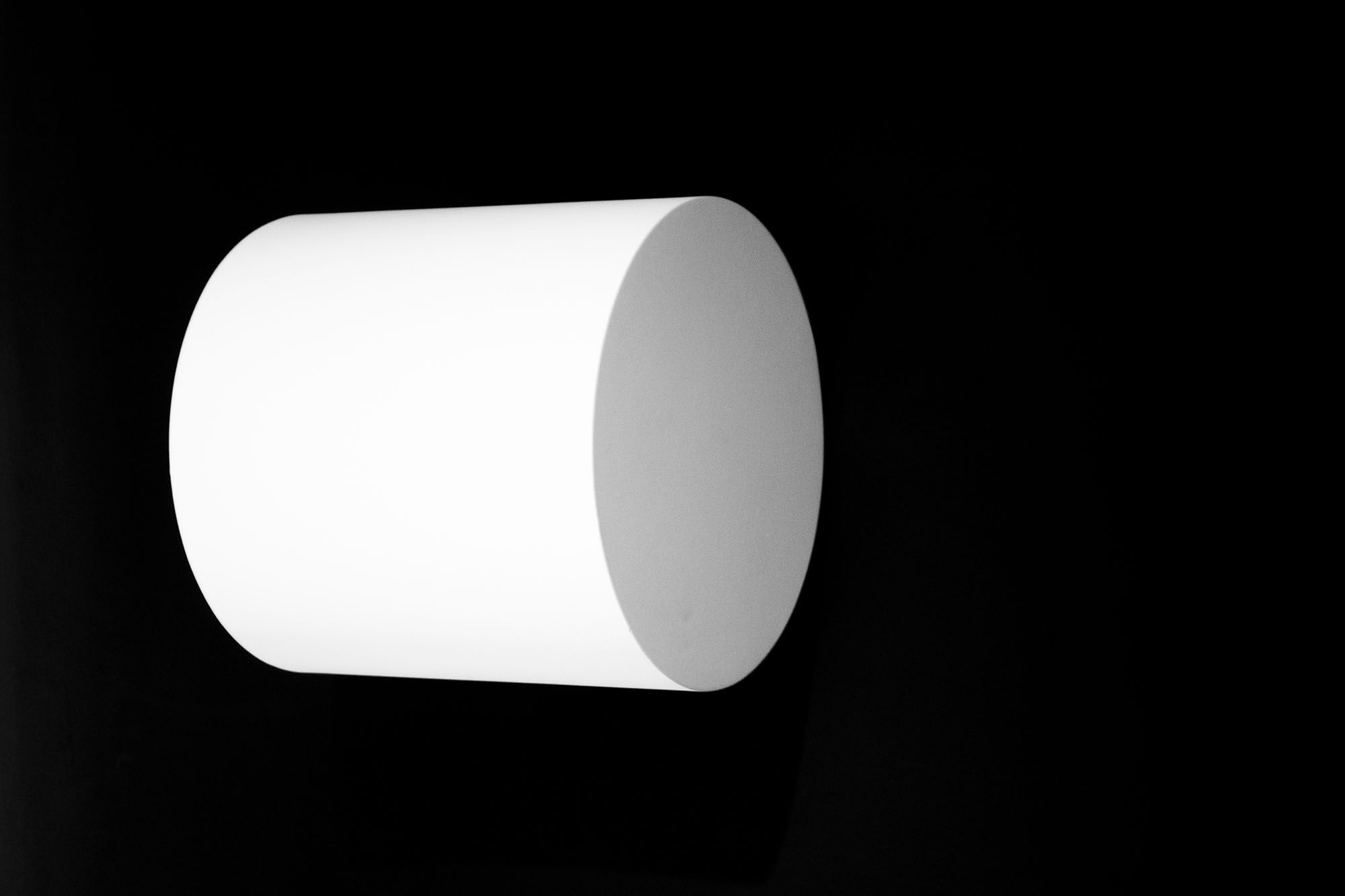
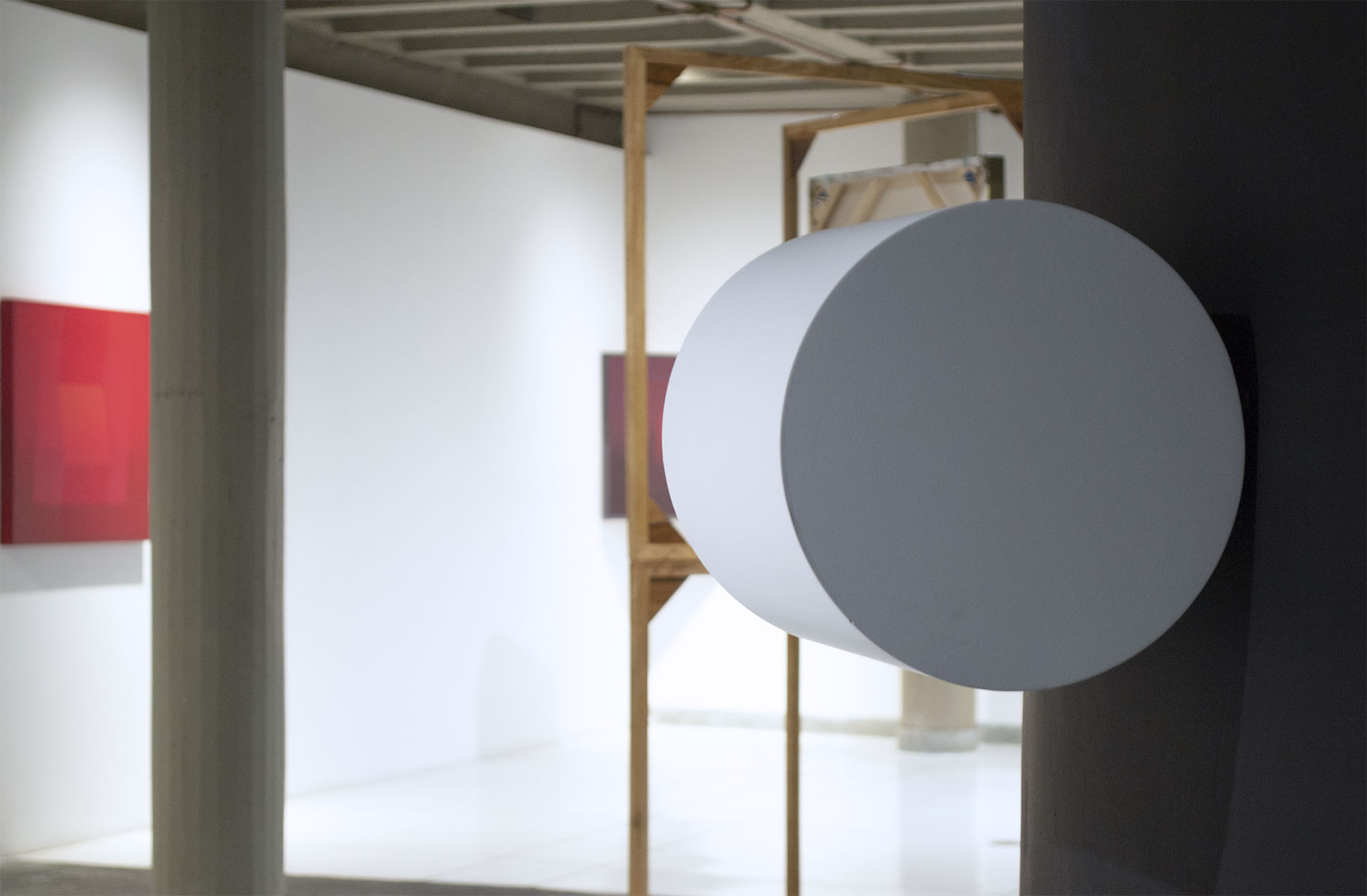

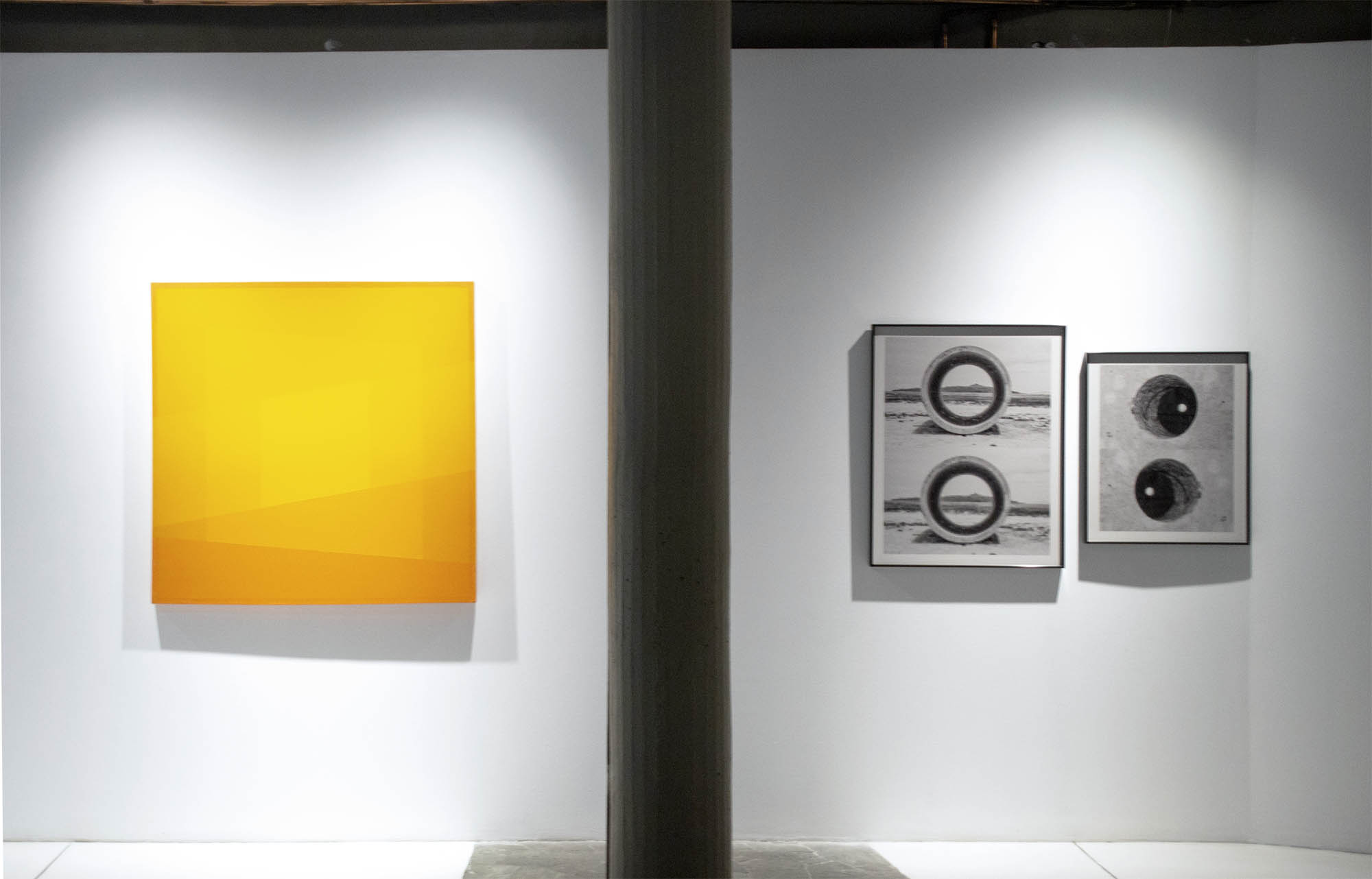

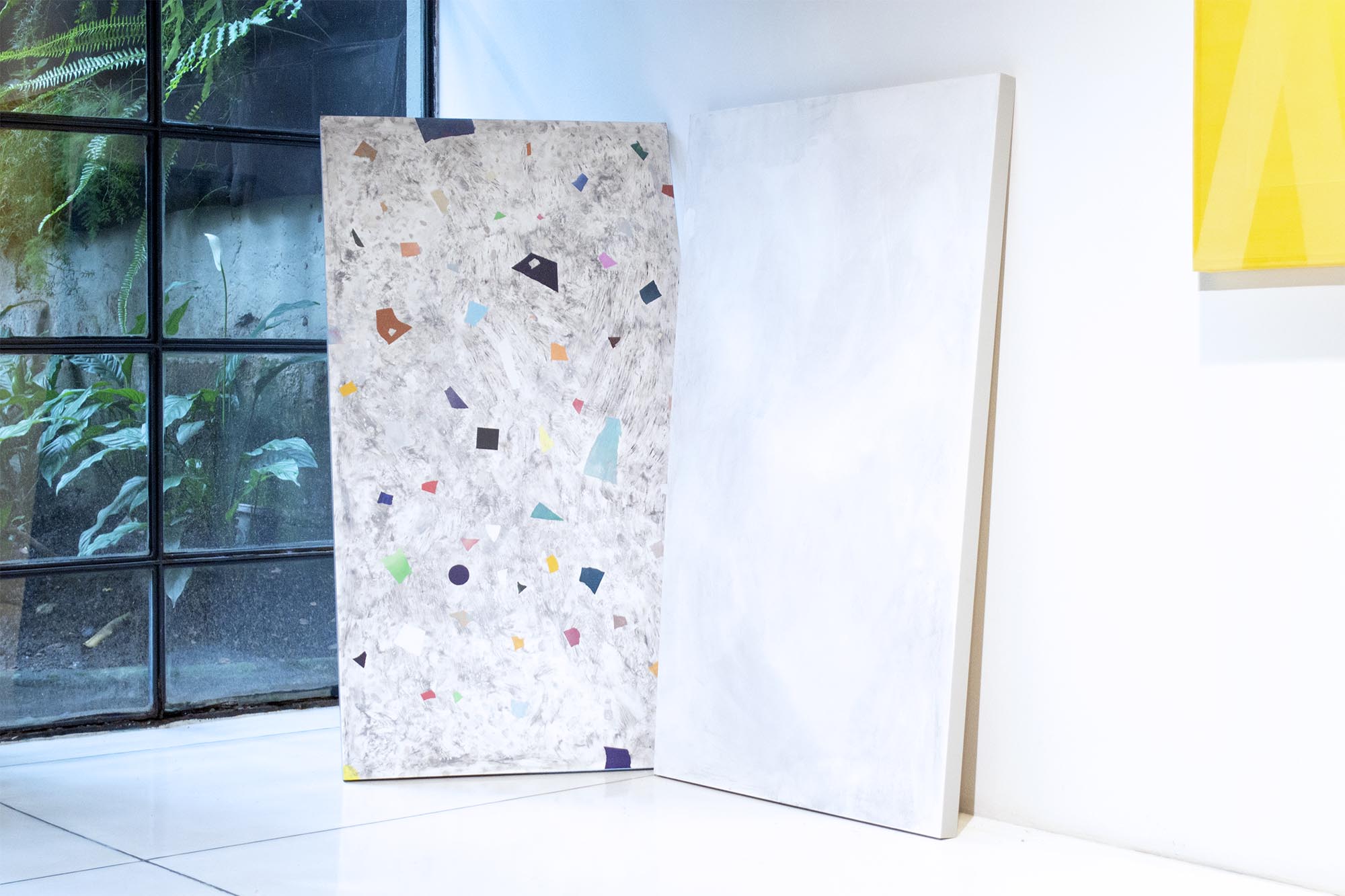

This project started as a dialogue with the pictorial work of the Antioquian artist Alvaro Marín, who has been exploring the geometric figure of the square throughout abstract paintings, since the early '70s. For this, I did 4 works (or sides of the problem). Two cylinders that depending on the angle can be viewed as a circle or a square, which is a diagram used to explain that light –essential for painting– can be at the same time a wave or a particle. A series of photographs from Nancy Holt's sculptures Sun tunnels –that reminded the previous cylinders– but also digitally threatened to explain the passage from the analogic grain of the photographic paper to the pixels of the screen. A wood structure simulating a rotatory door (once again recalling the cylinder) made out of modular canvases and, finally, a broken painting referencing the idea of flatland and a granite floor. All the pieces challenge the association and historic relationship between the square and its opposite, the circle.
Project with Alvaro Marín, Lokkus gallery
Woodwork: Juglans & Regia
Project with Alvaro Marín, Lokkus gallery
Woodwork: Juglans & Regia
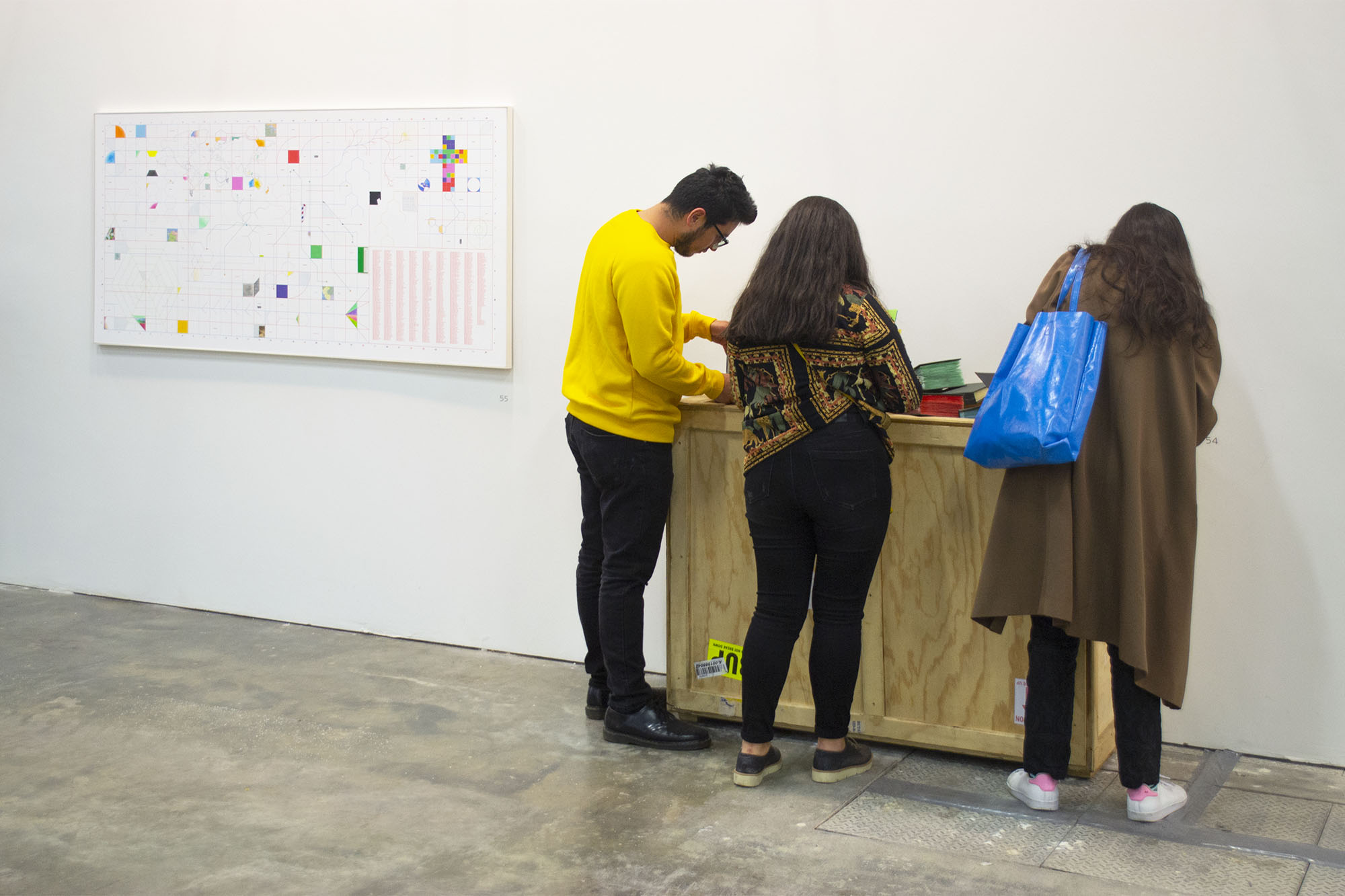

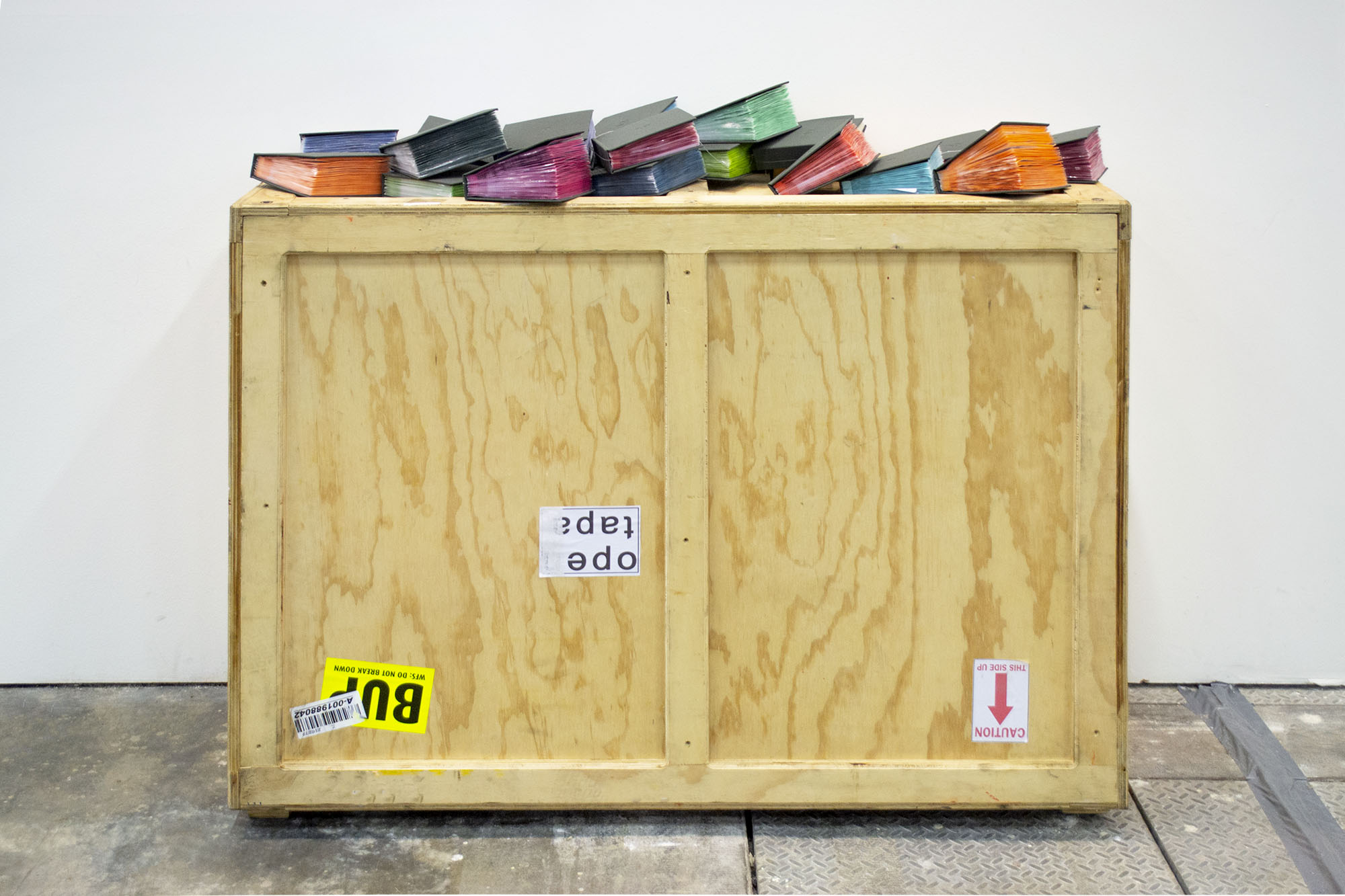

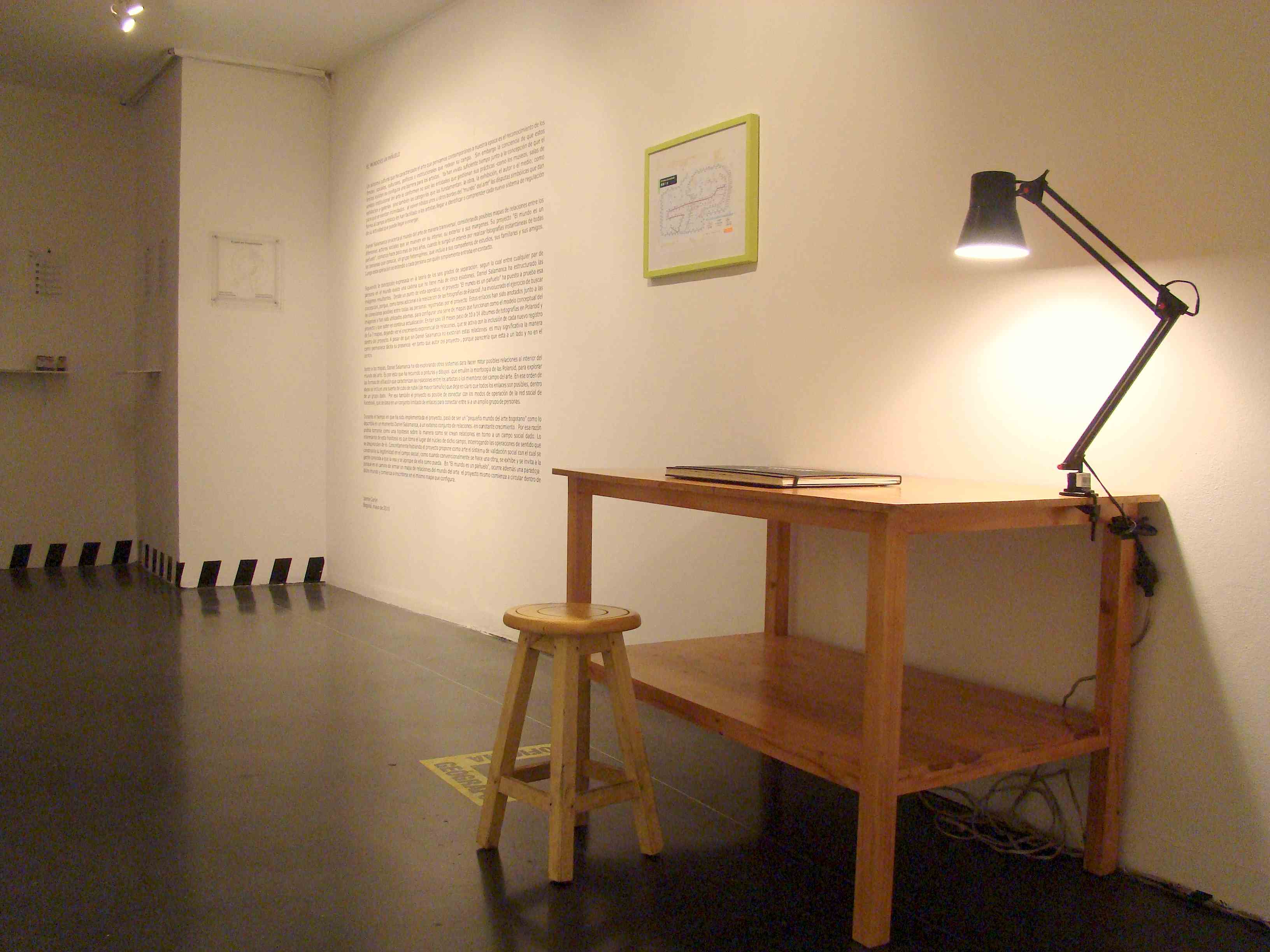



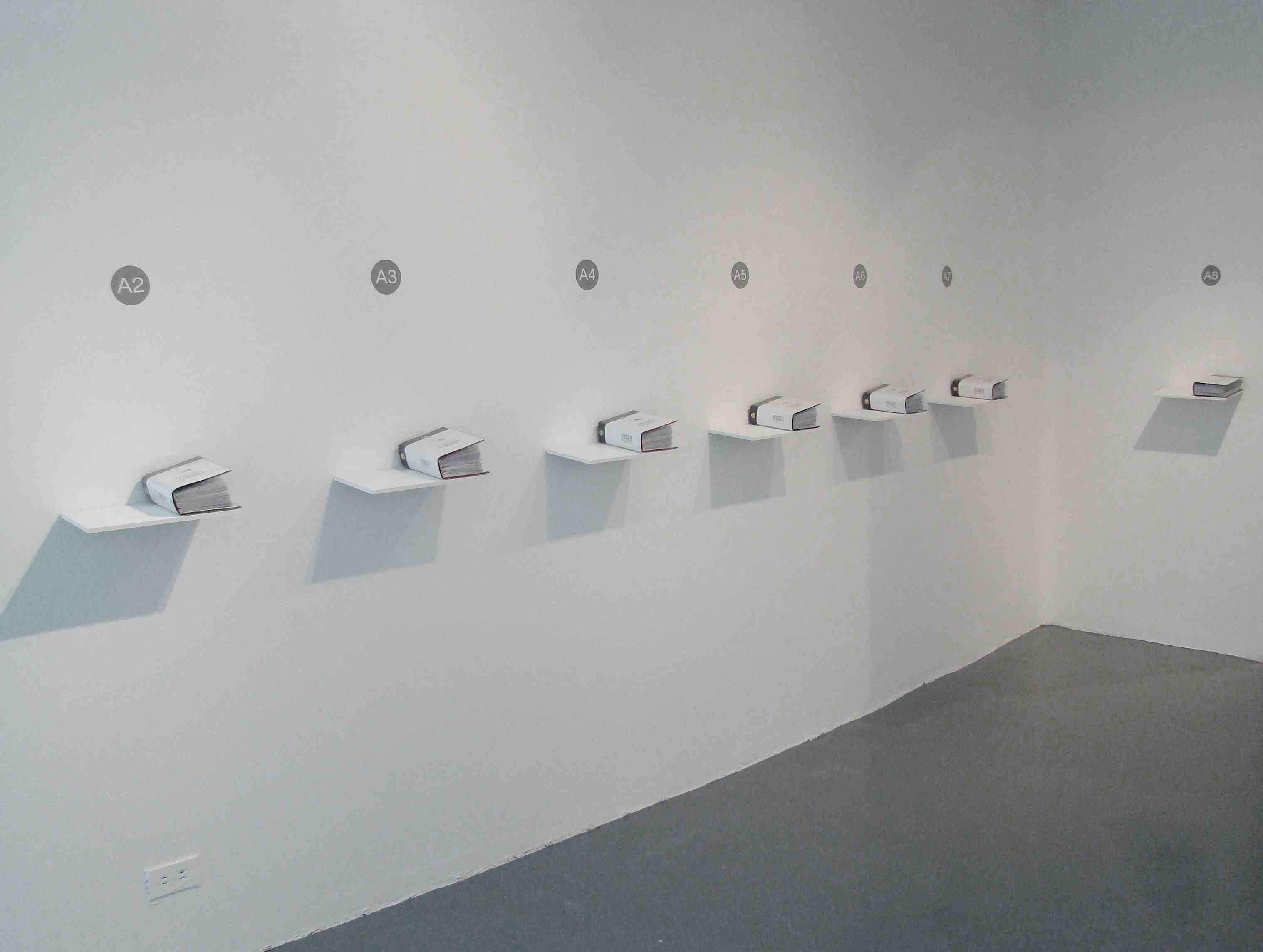
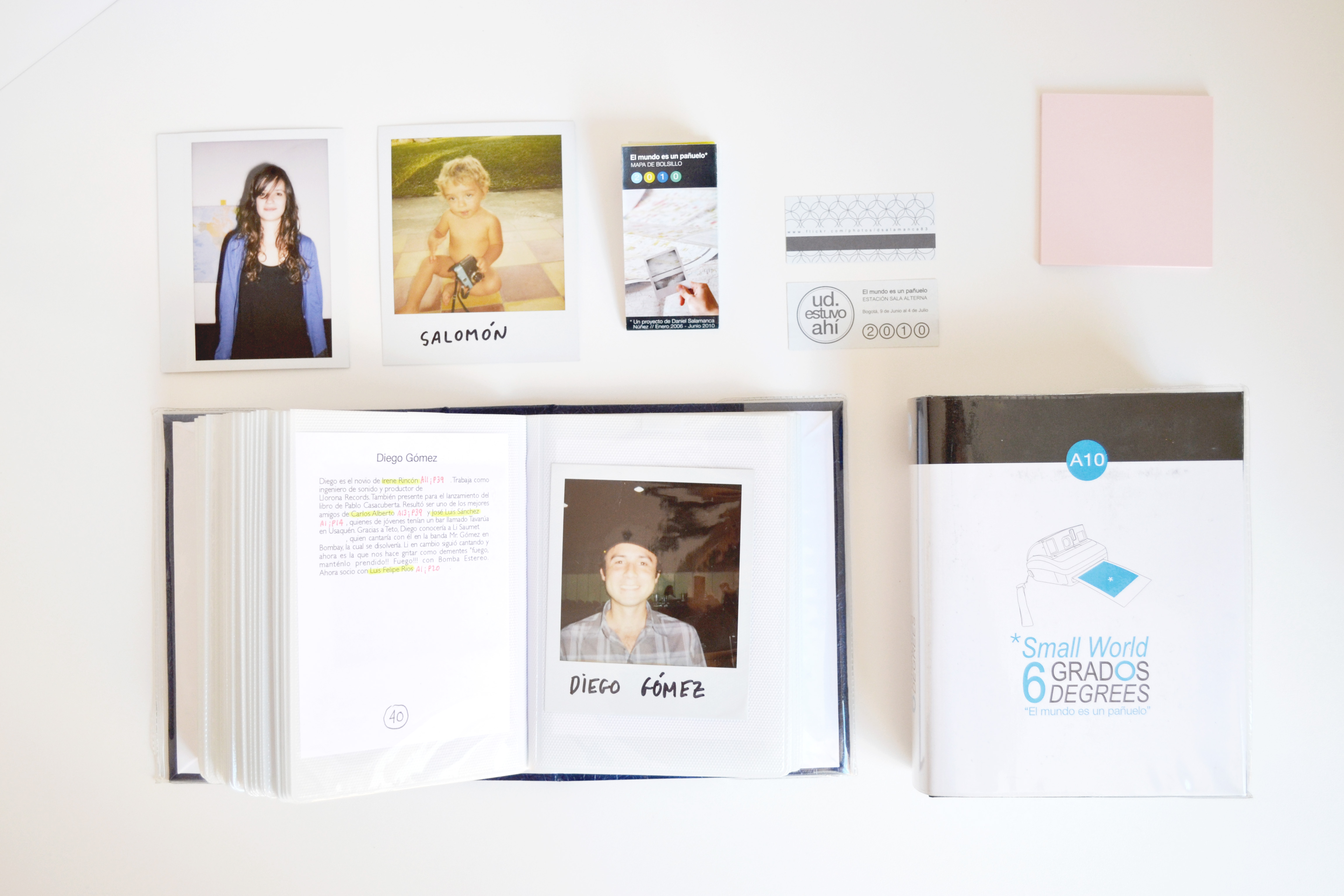


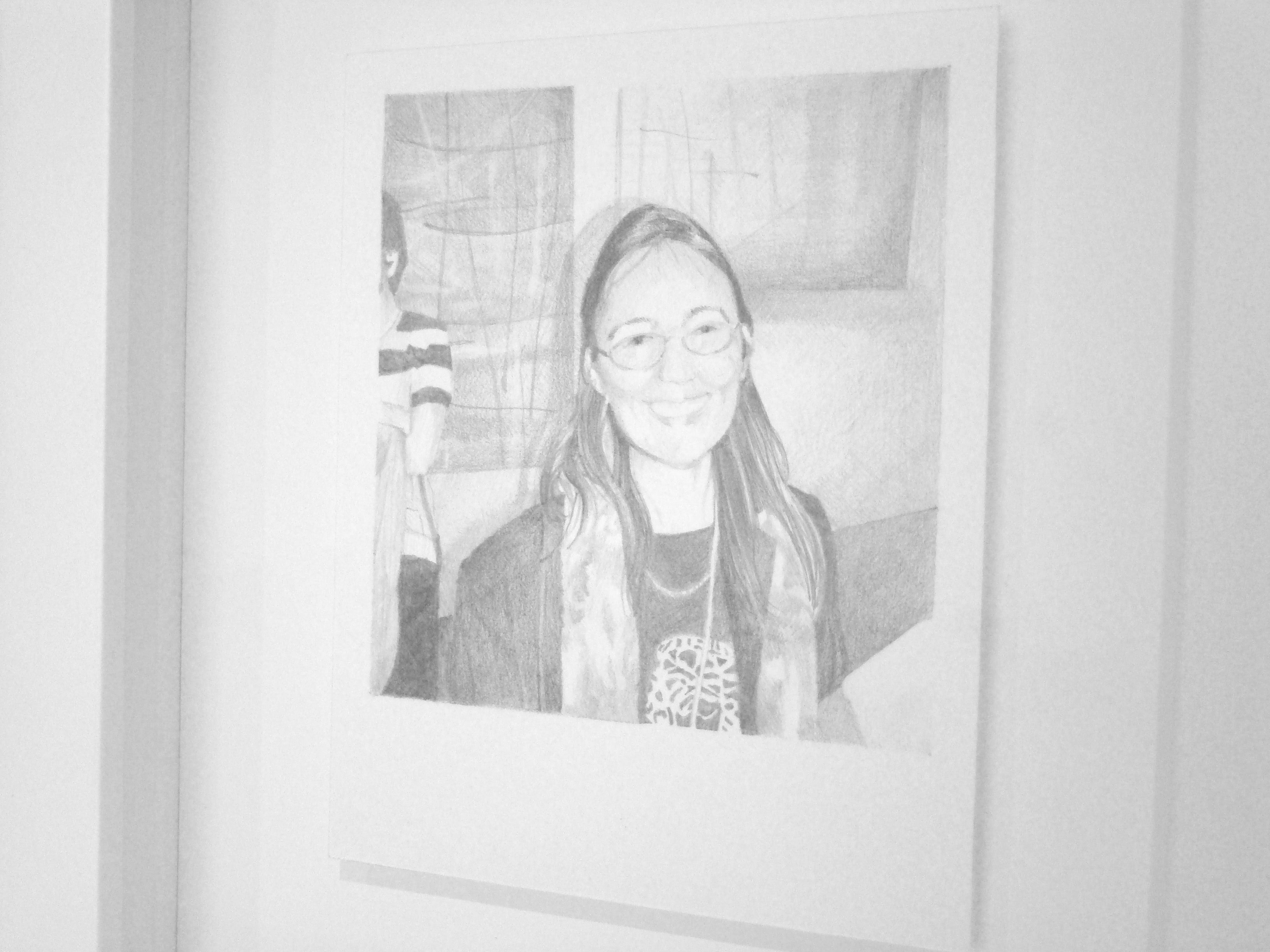

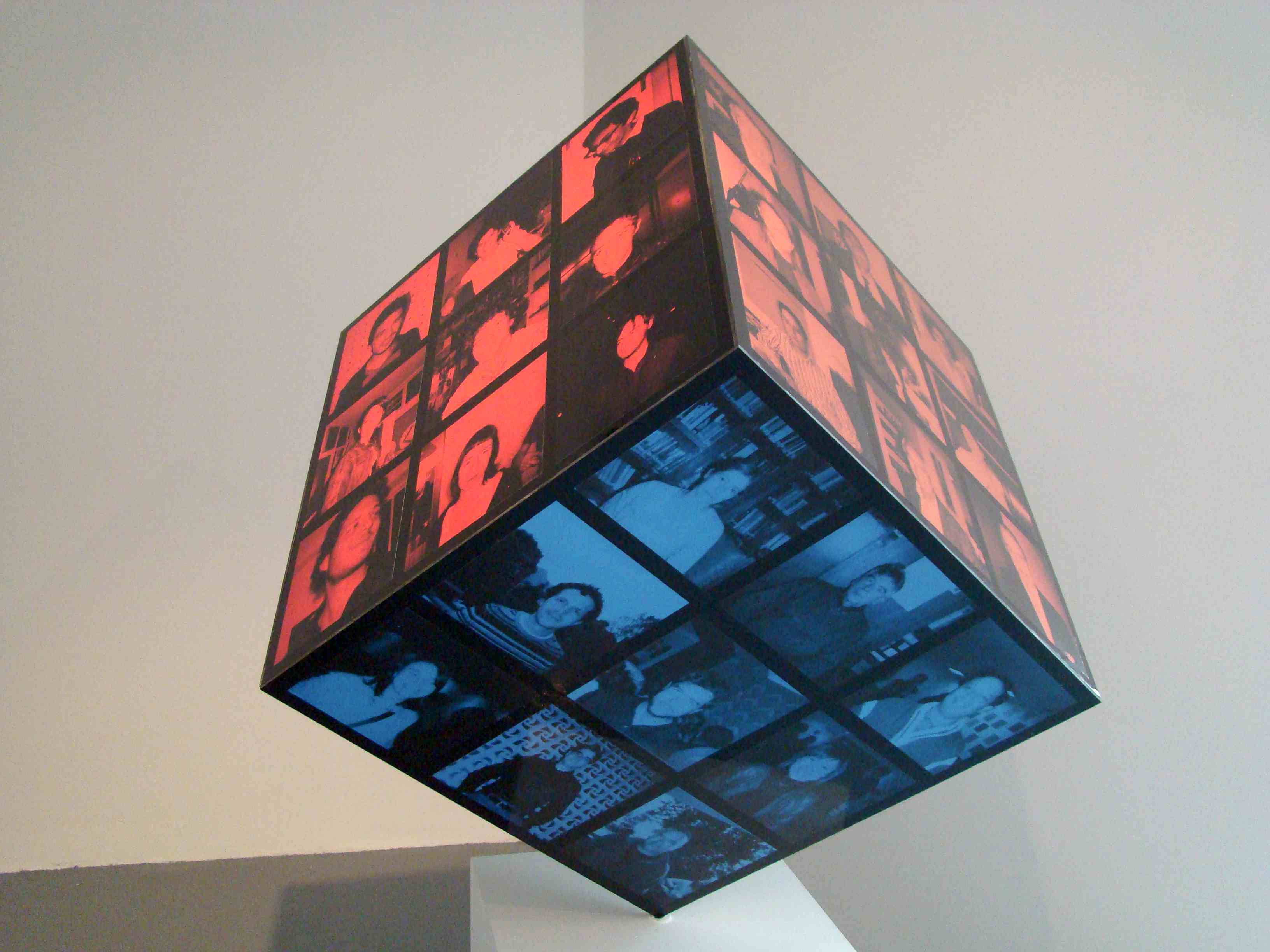
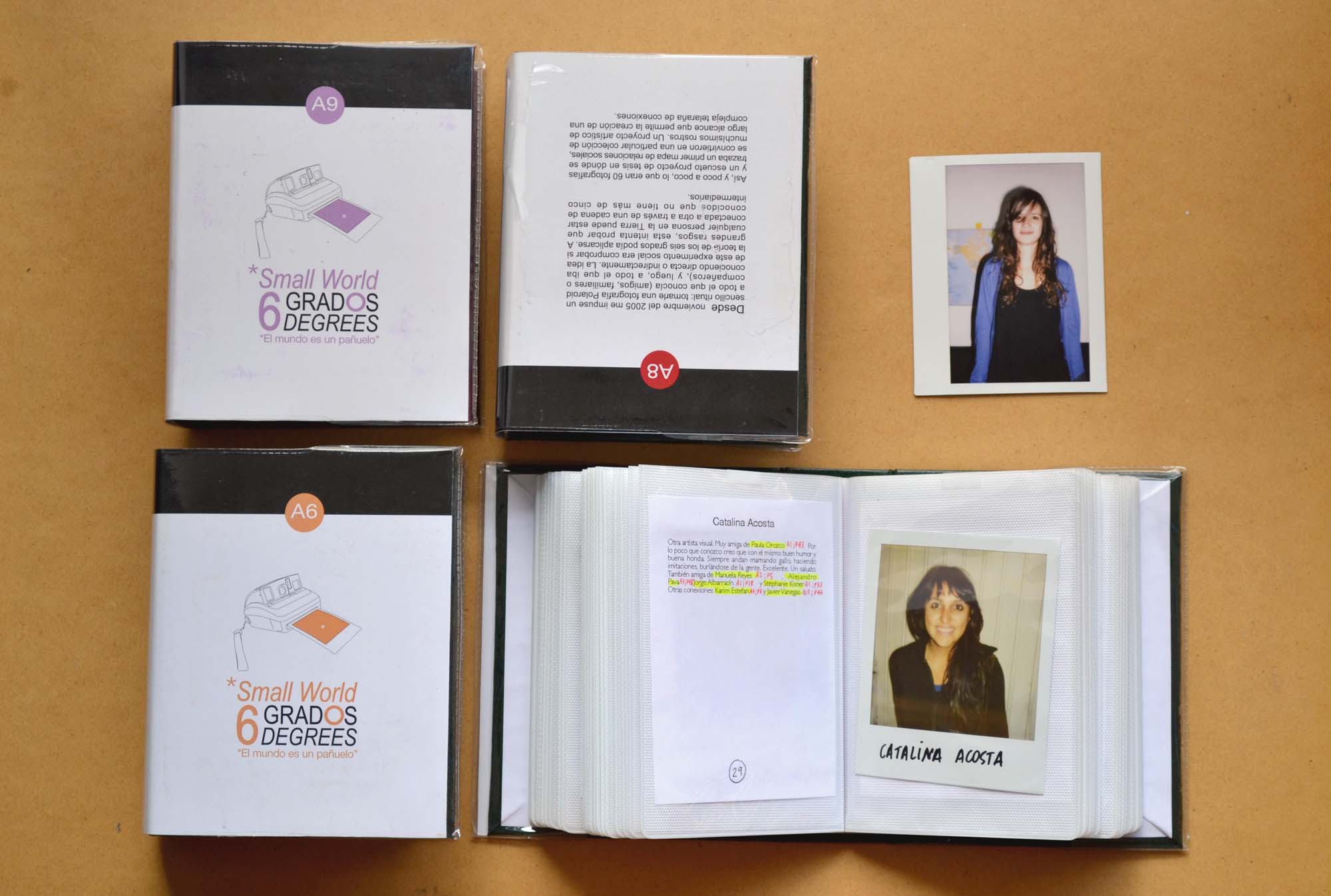


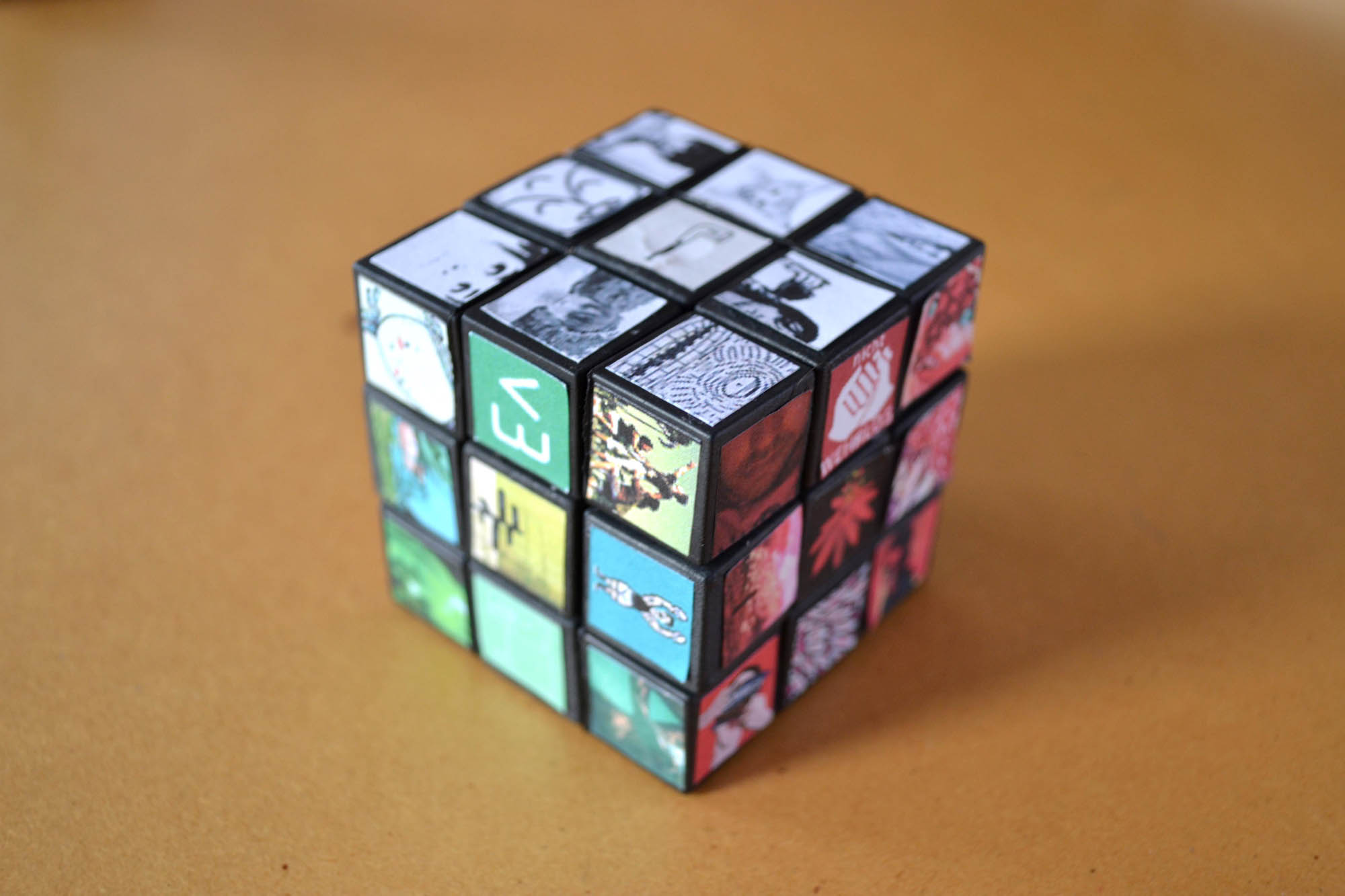
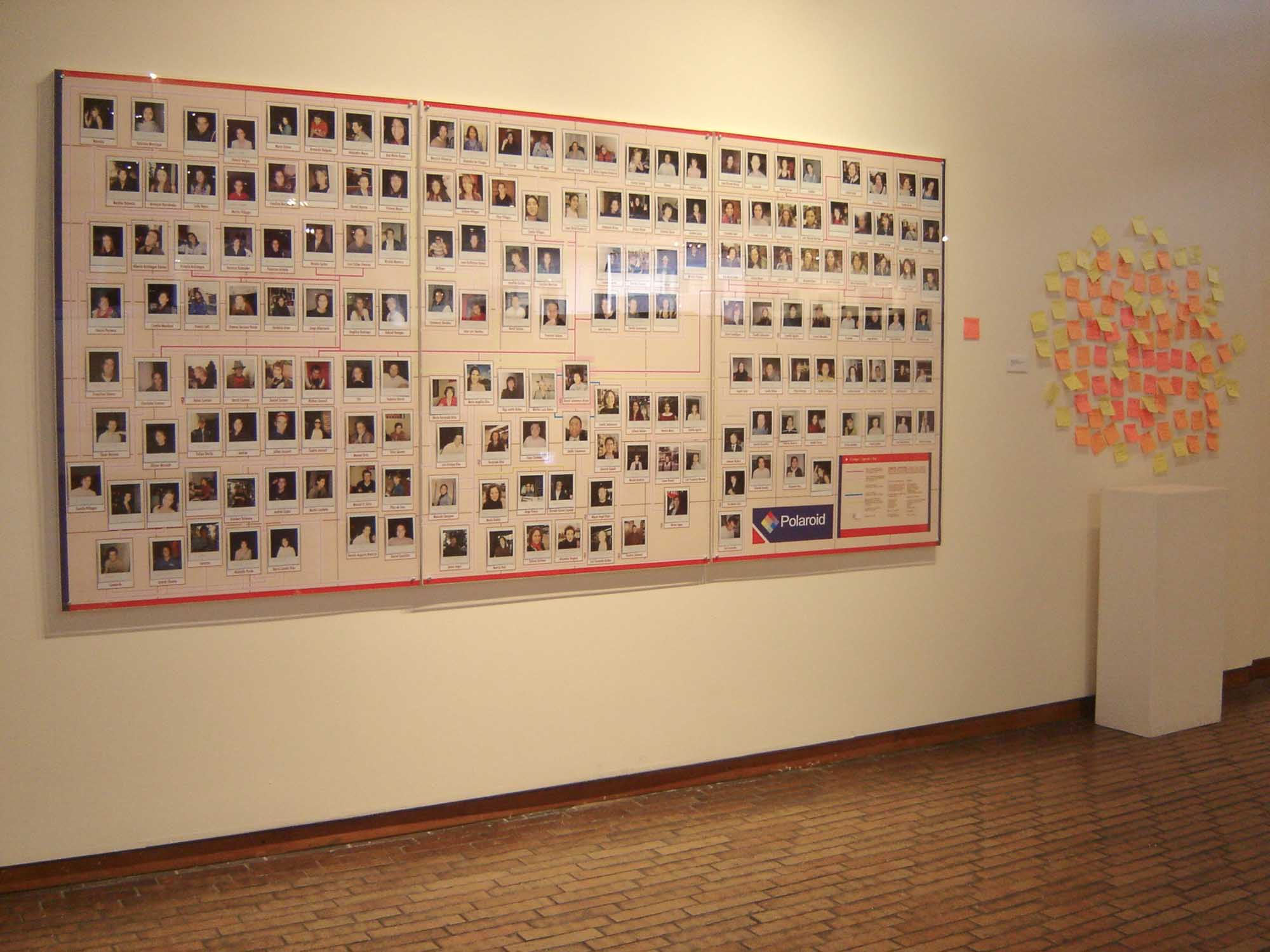
Since the beginning of 2006, I started a social ritual: taking an instant picture of everyone I knew (friends, family, or colleagues), and then, of new people I had the chance to meet in my life. The idea of this social experiment that I titled with the popular expression Small World, in Spanish El Mundo es un pañuelo, was to check if the theory of the six degrees was true. Broadly speaking, it tries to prove that any person on Earth can be connected to another through a chain of acquaintances that has no more than five intermediaries. Currently, the project consists of more than 1000 photographs, several versions of maps both in paper and in an atlas, and 20 albums with the original pictures and anecdotic texts that connect different people. I also did a series of 54 paintings and drawings that, together with a giant Rubik's cube, represent a part of the Colombian art scene as well as other Works depicting social divisions in my home country.
> Full Pictures soon
Artbo, Referentes
> Full Pictures soon
Artbo, Referentes

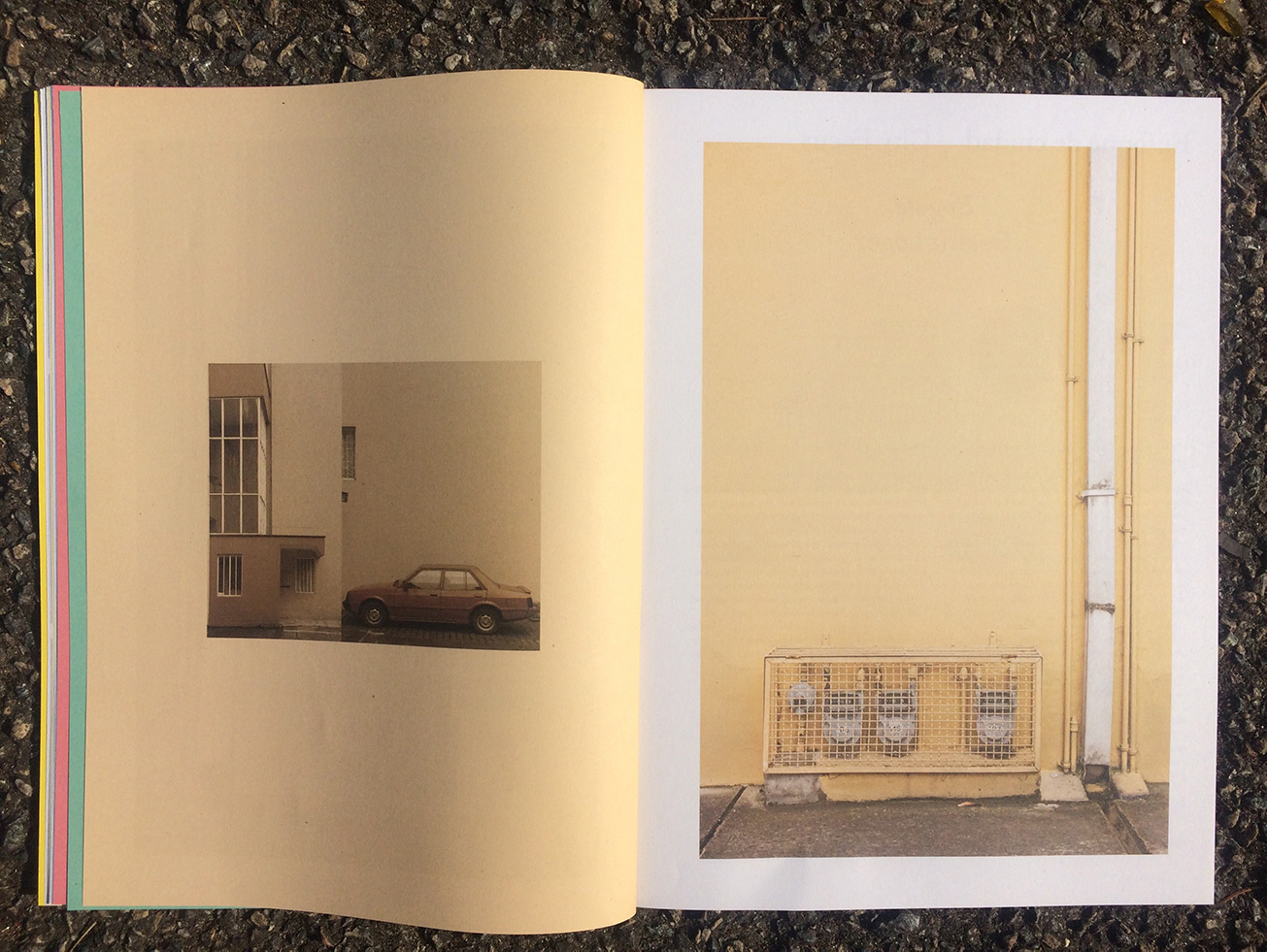
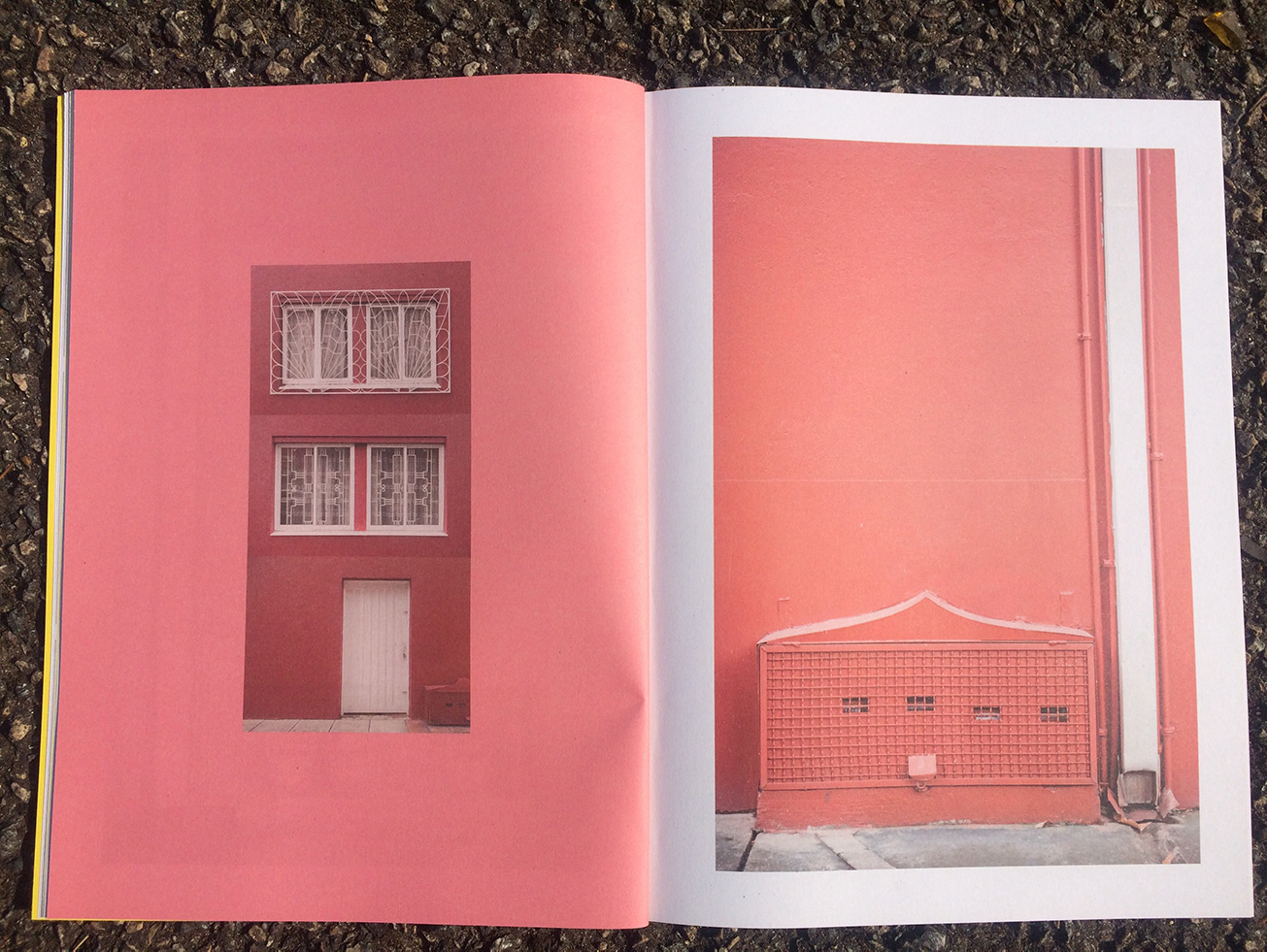


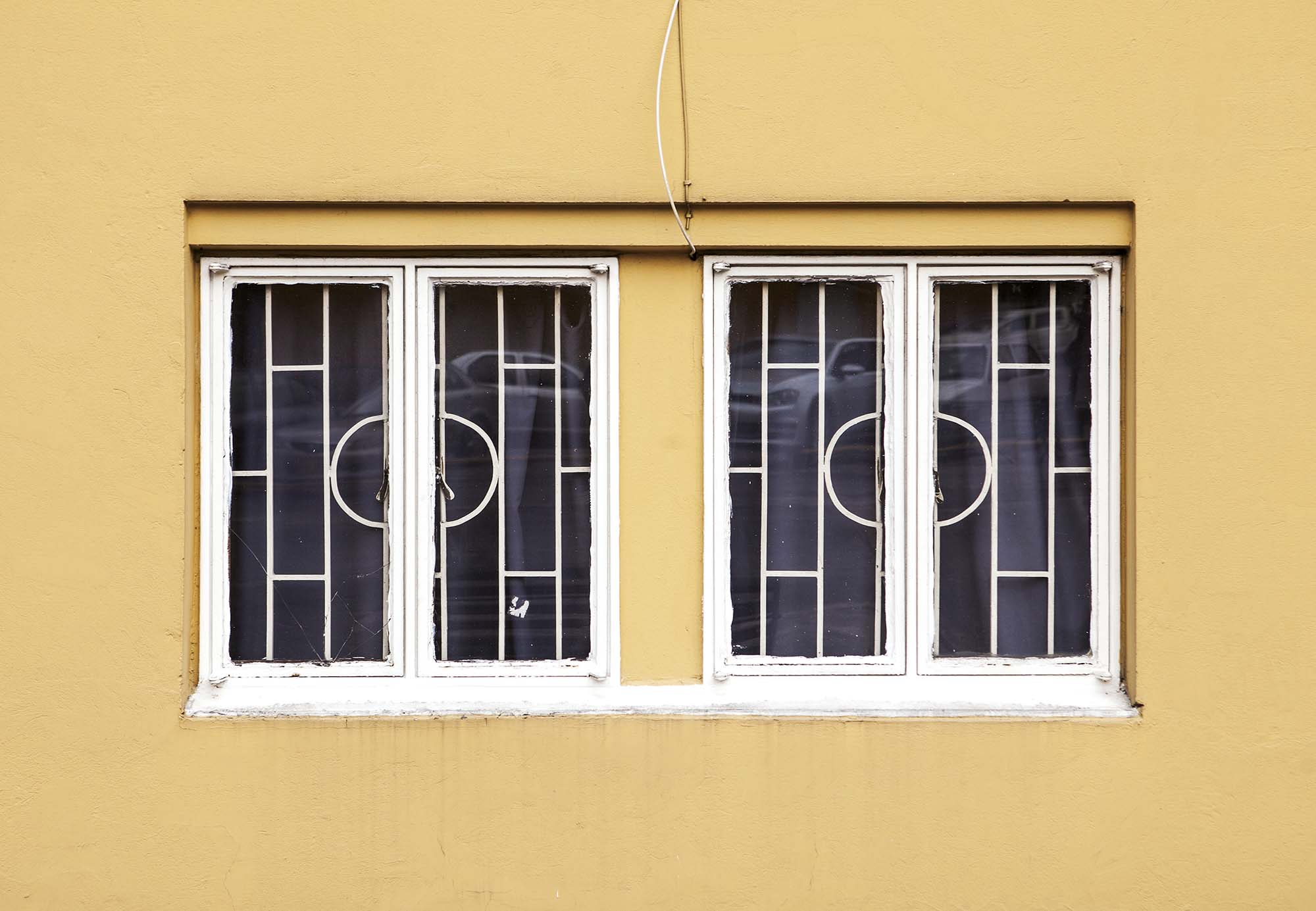
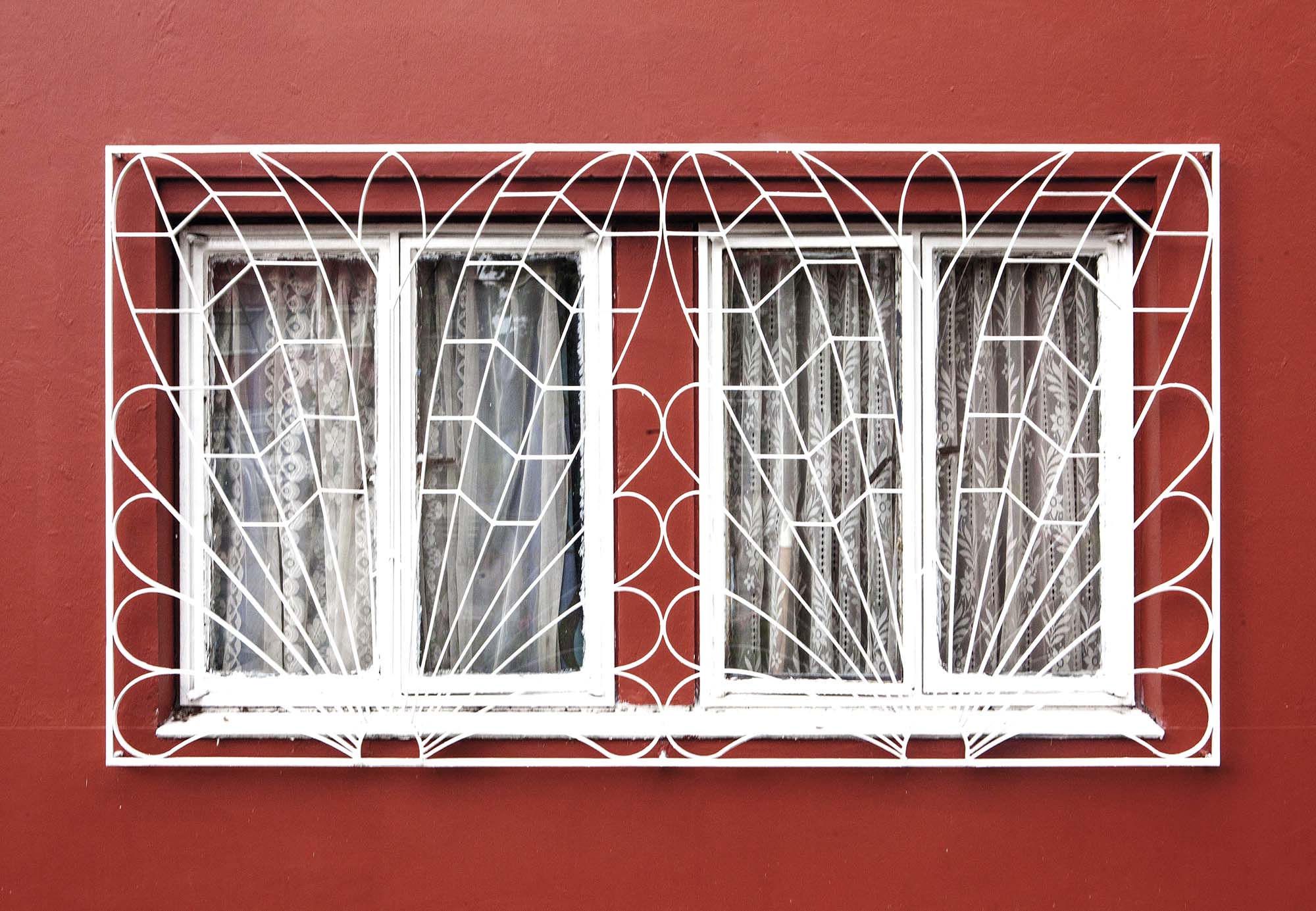
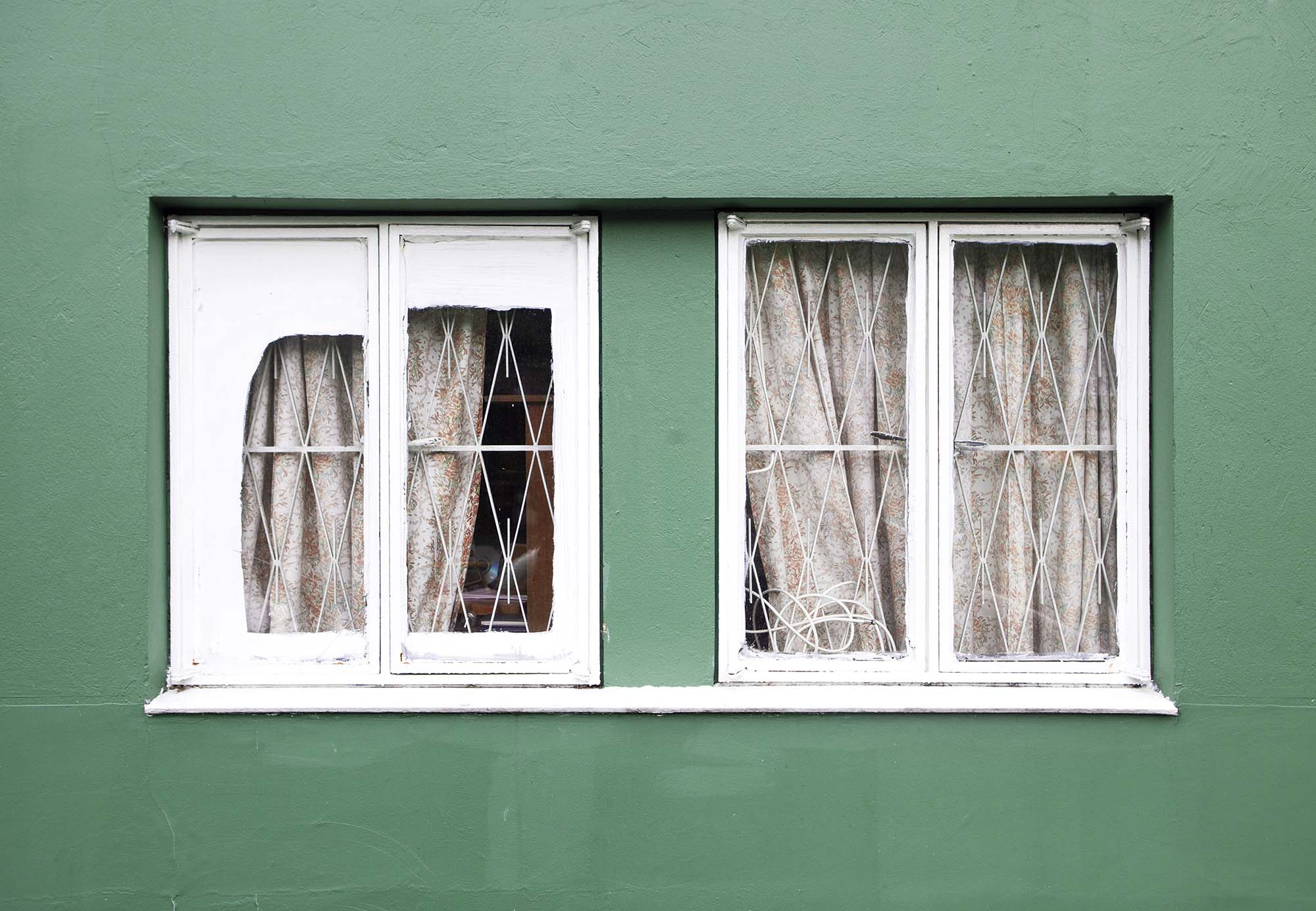
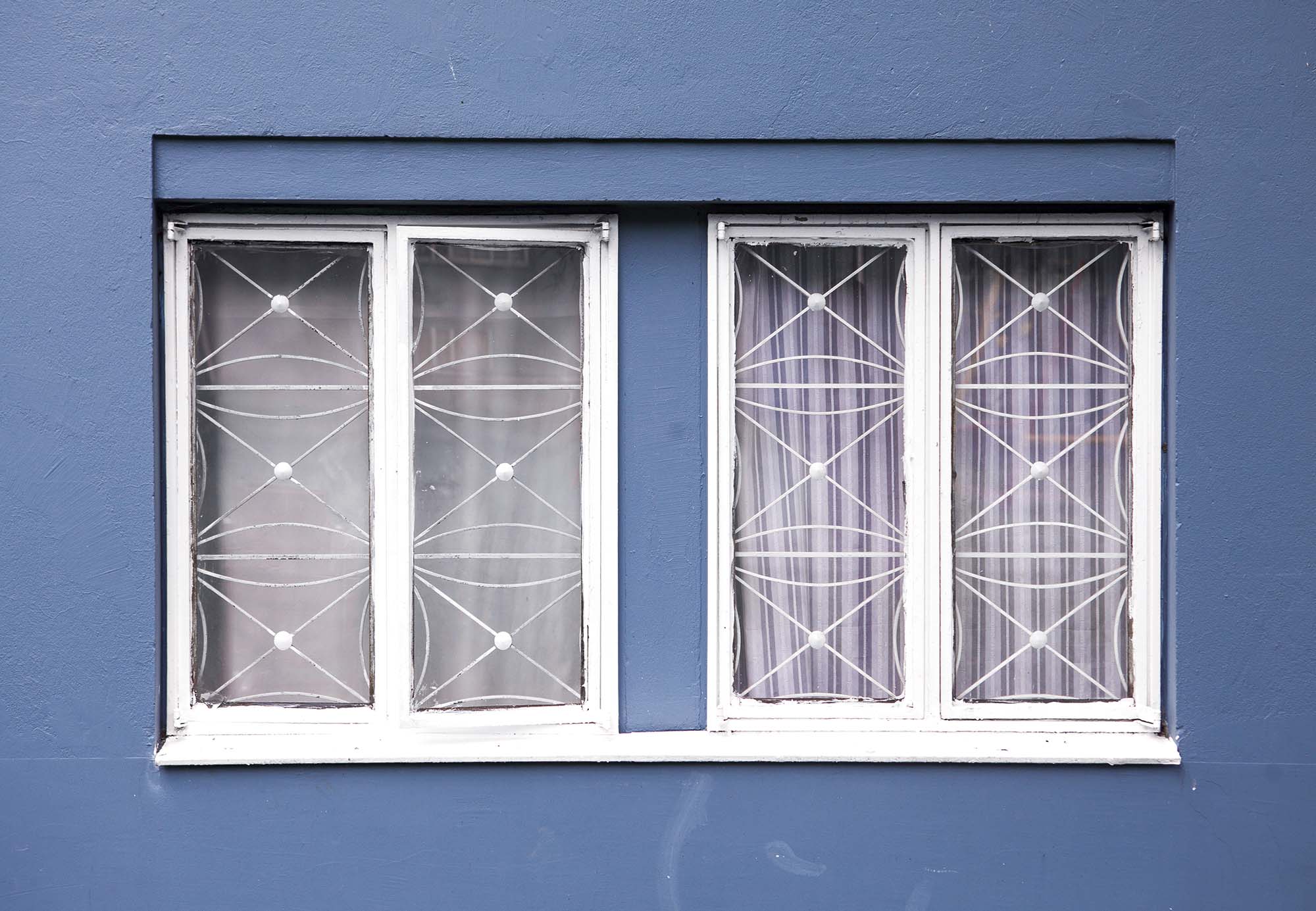
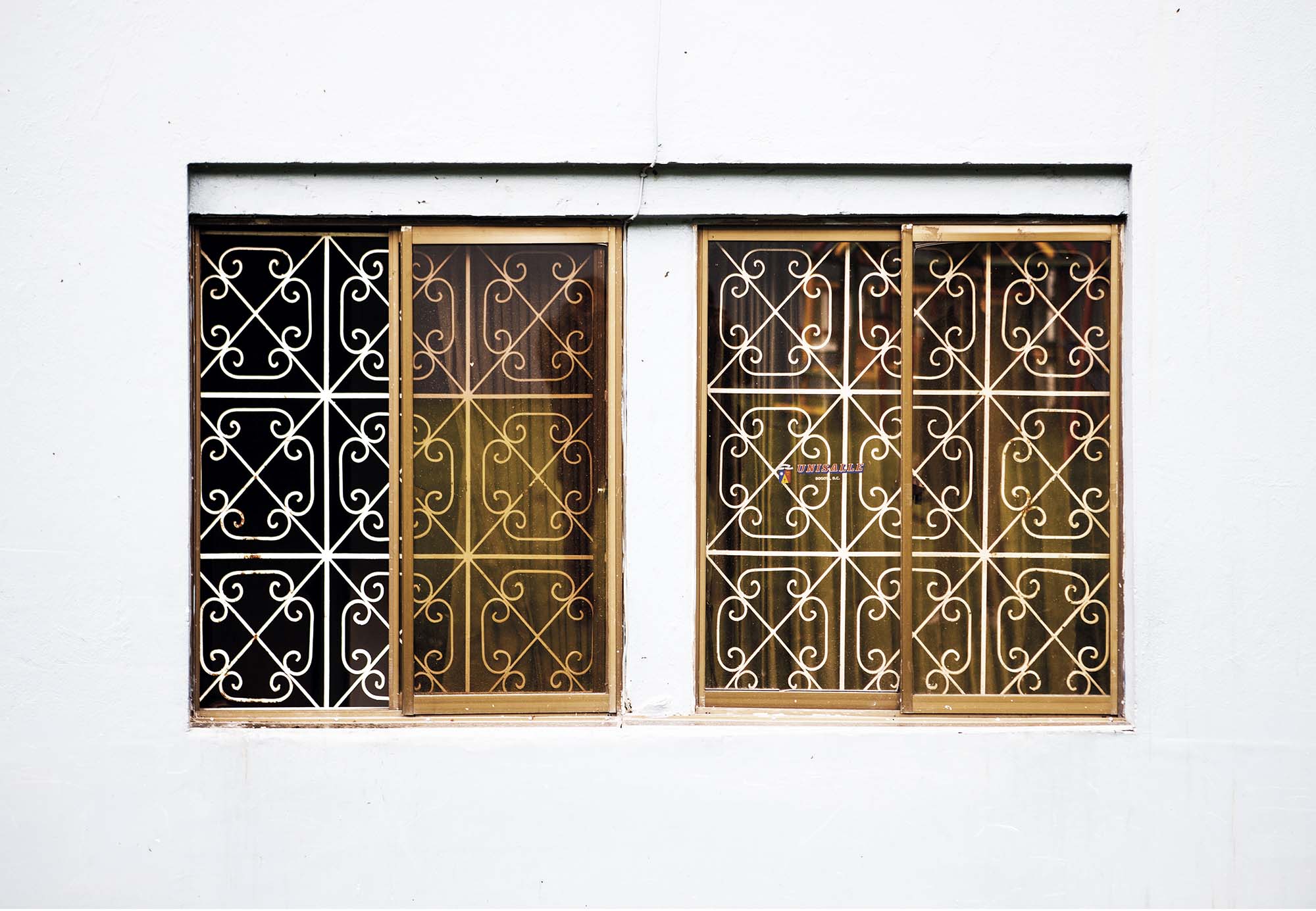
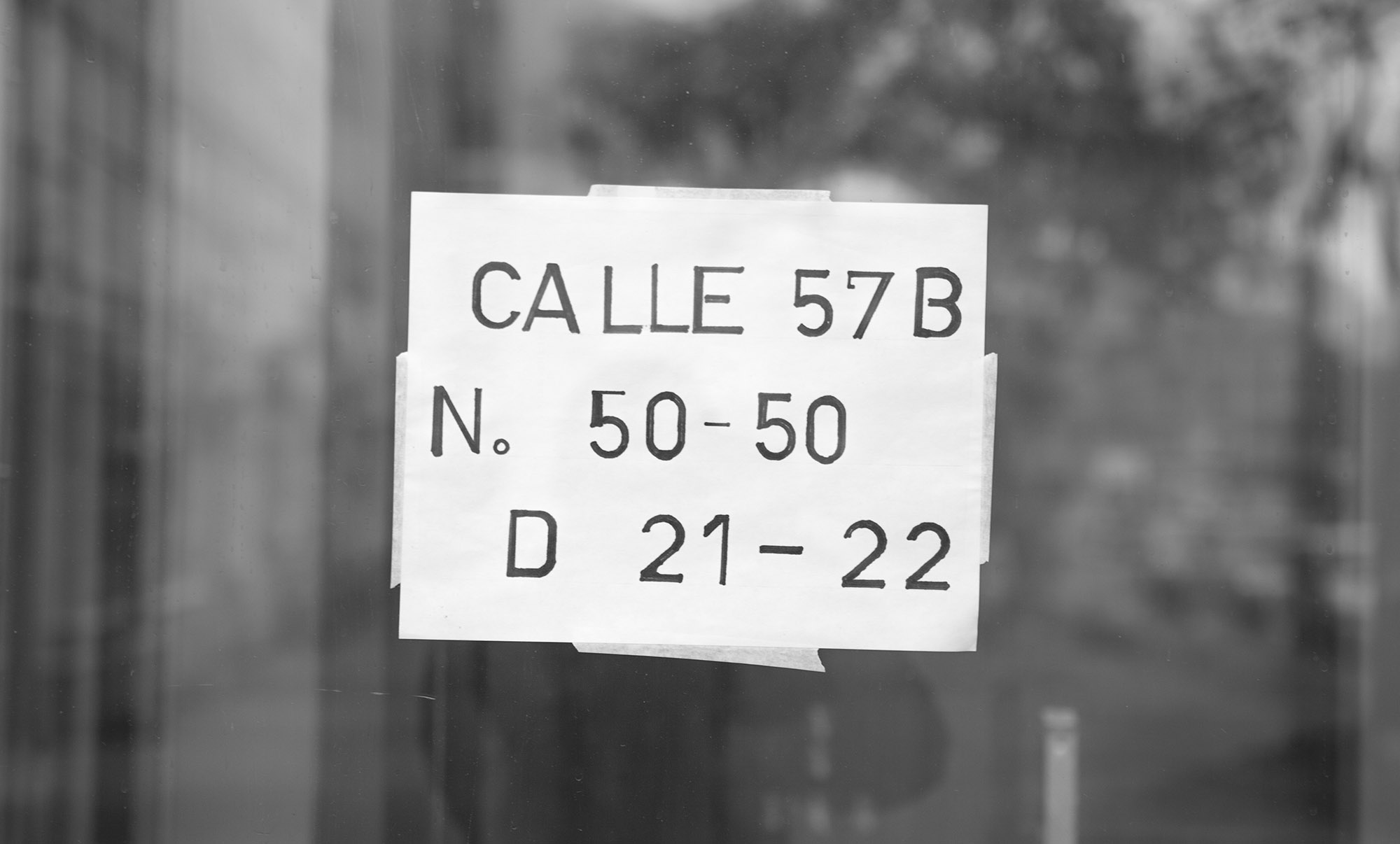
In Bogotá, at the intersection of 57A and 40C streets, there is a footwear repair store founded in 1960: Manzi. Their brand looks similar to the one of an Italian pizzeria. In front of it, there is a square with a fountain that no longer works and, next to it, there are four benches facing each other. In one of them sits an old man biting a sweet bread. Around there are walking some couples, women in tailor suits and men with rigid pants. A young man in shorts is walking his dog. An older woman walks so slowly that she seems almost stopped. She is held by a cane. Many cars park next to the sidewalk, from 59th street to 53rd street and to the 39th street, that is, in the arterial roads of an urbanization of multifamily apartments divided into four blocks. Block A that is blue. Block B that is red. Block C that is green and block D that is yellow. Inaugurated in 1966, this housing estate was built to receive pilgrims who would attend a Eucharistic Congress and then baptized with the name of the pope that came to visit: Paul the sixth. We can also see, in that place taken from another time, the Romannoti pastry shop, the D'Castell beauty centre, the Tres Esquinas cigar shop, the La Estancia restaurant, the Capry wash, the Dandini sauce shop and the 86 World store.
Artlicks magazine, 21st edition
Artlicks magazine, 21st edition